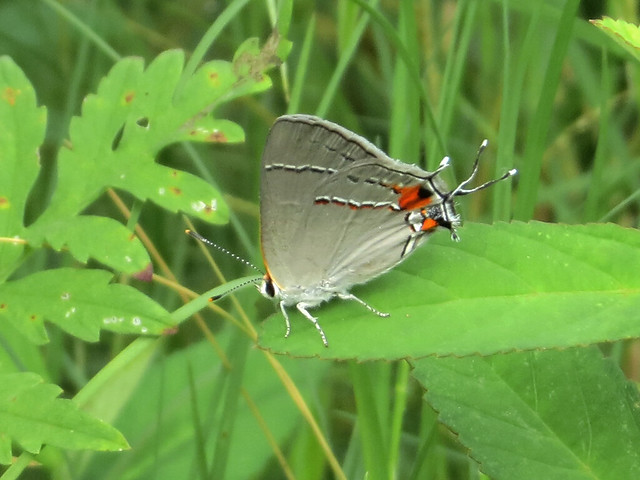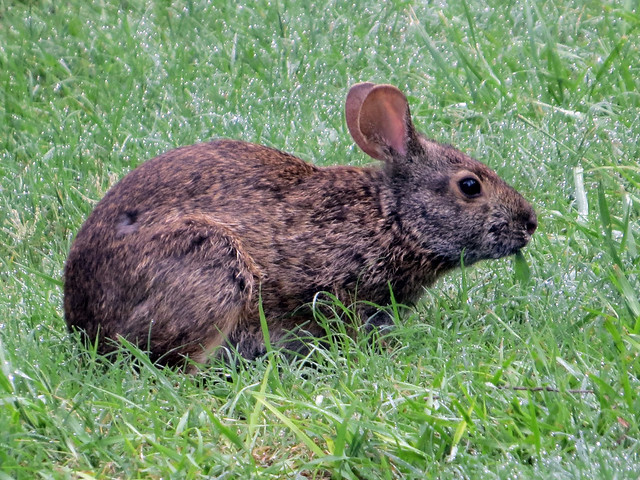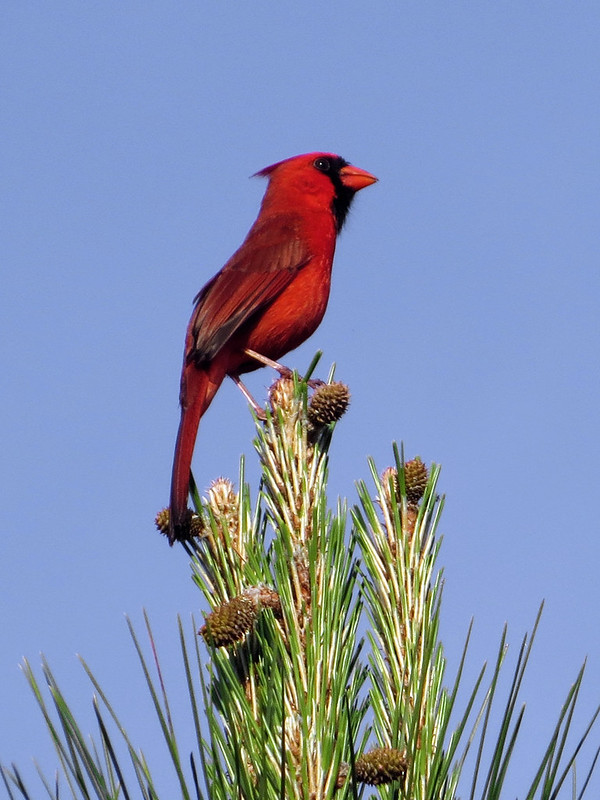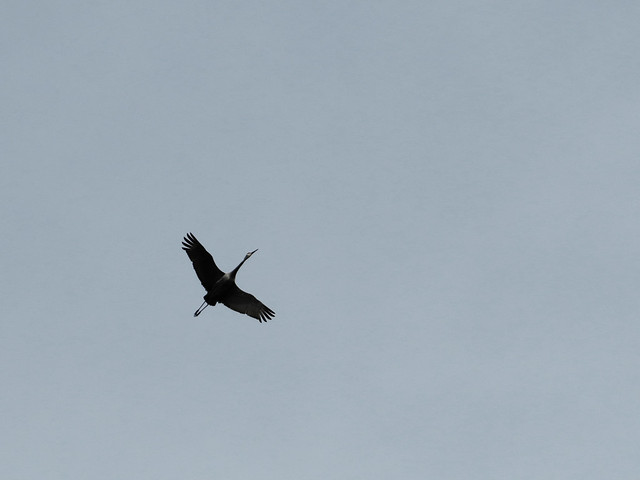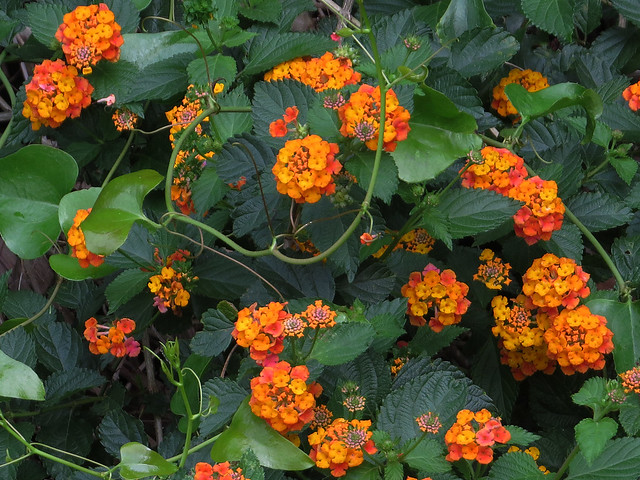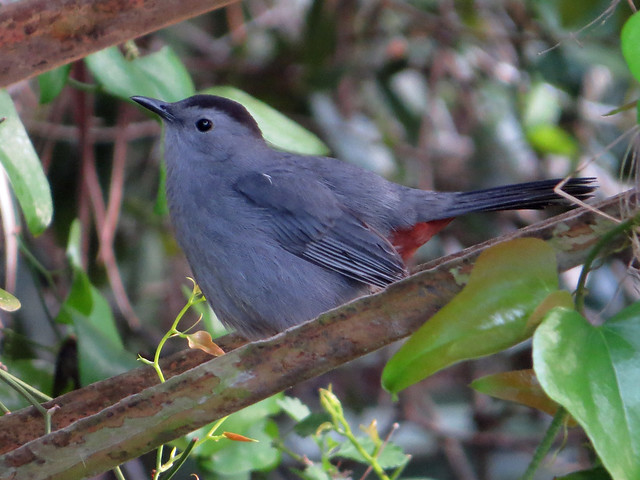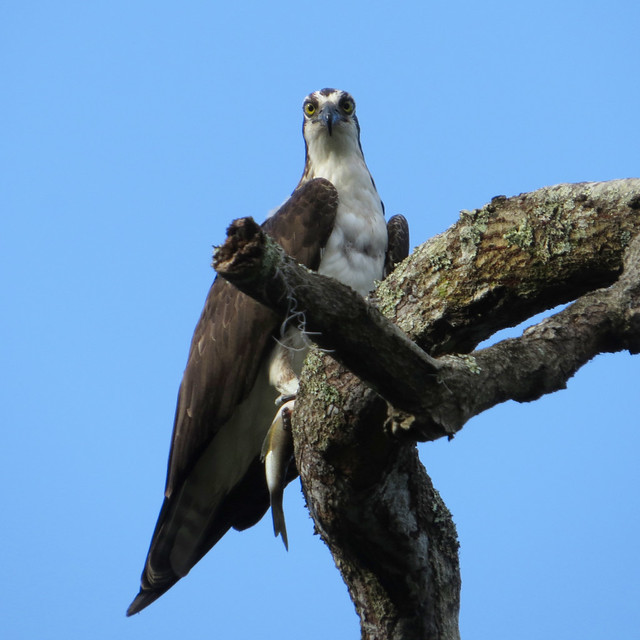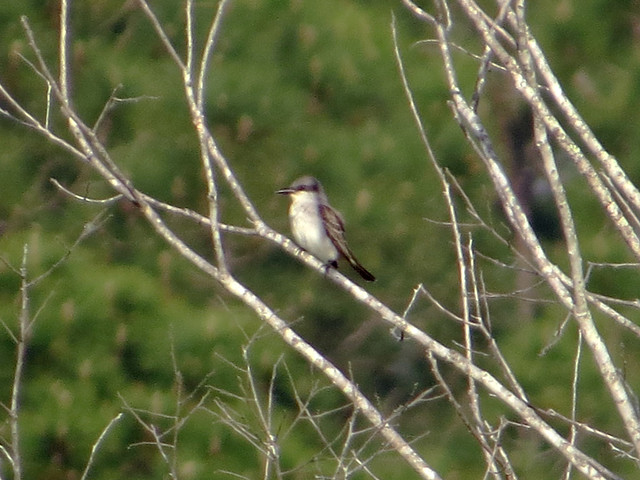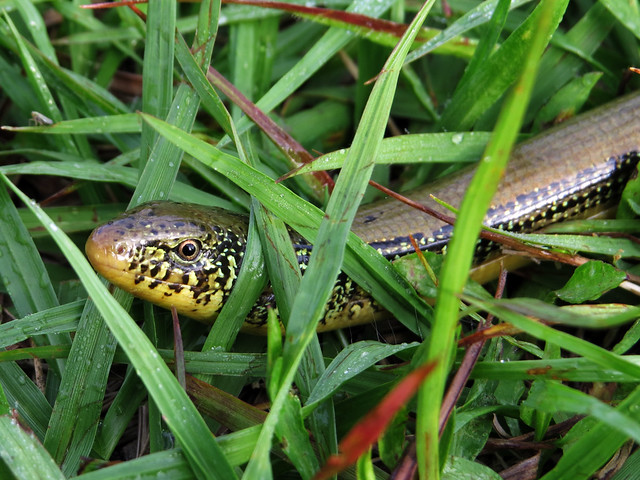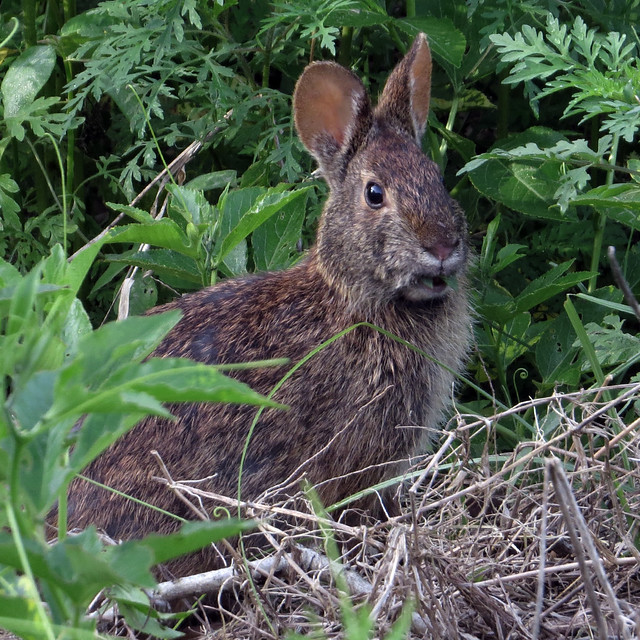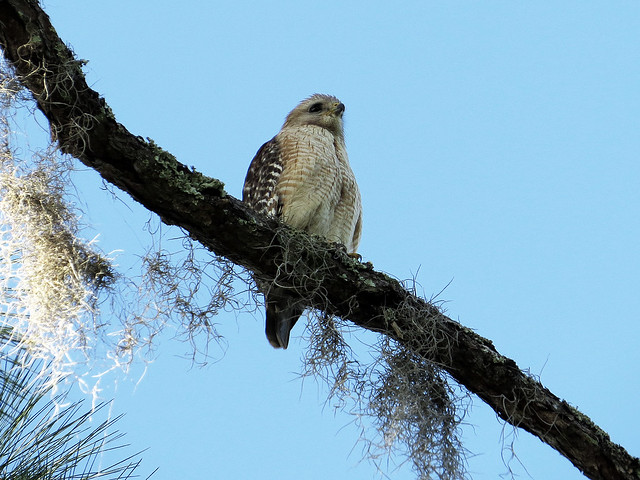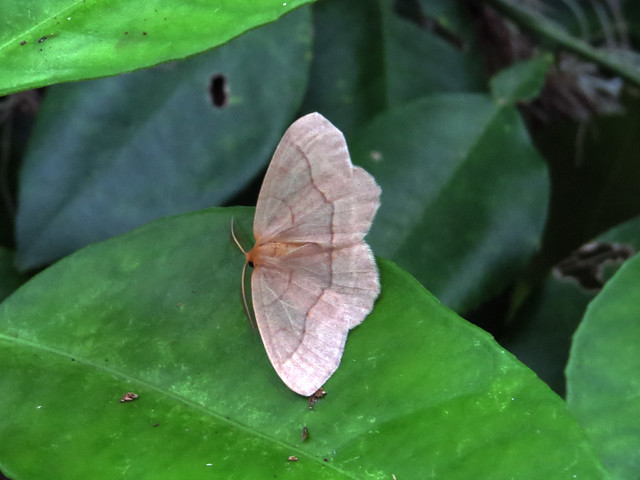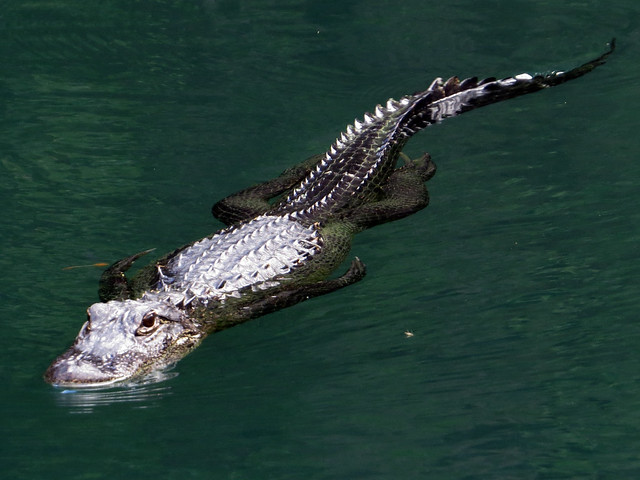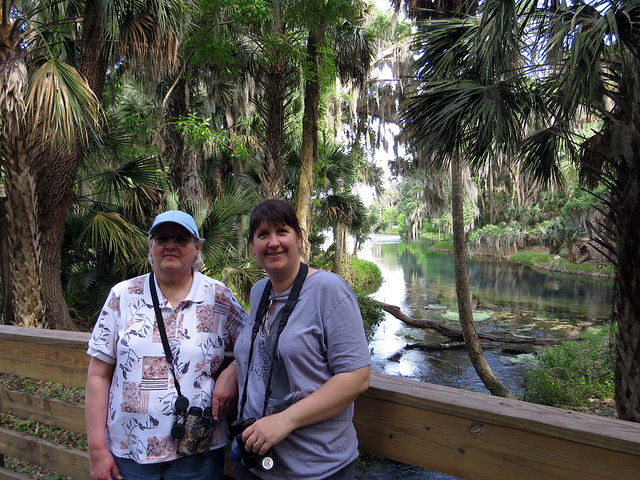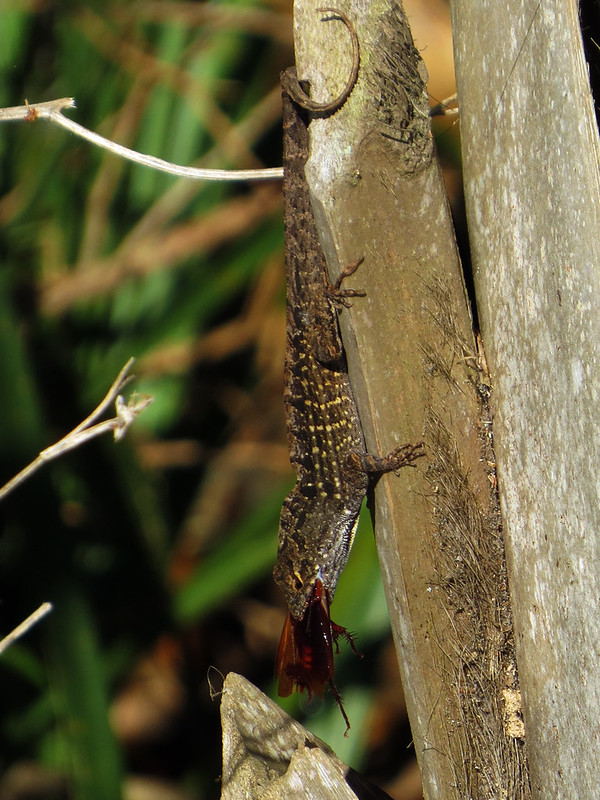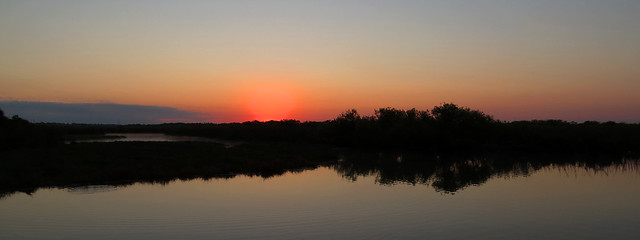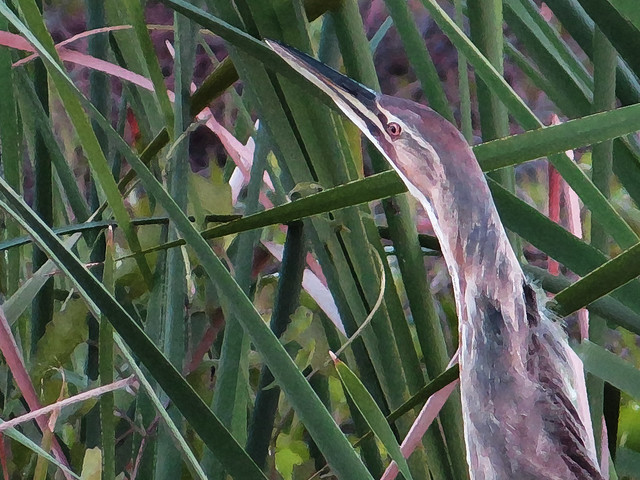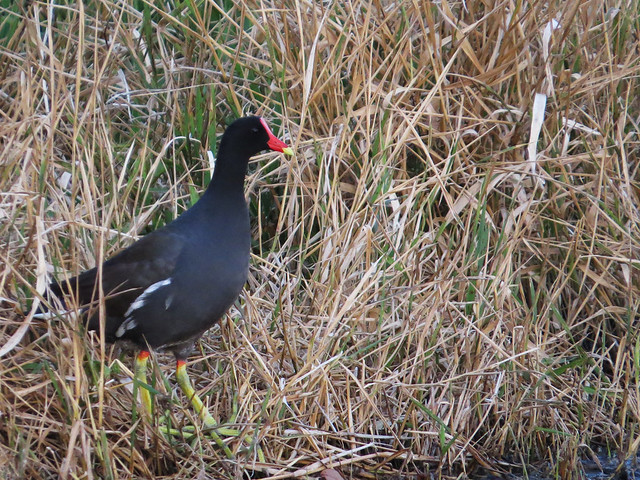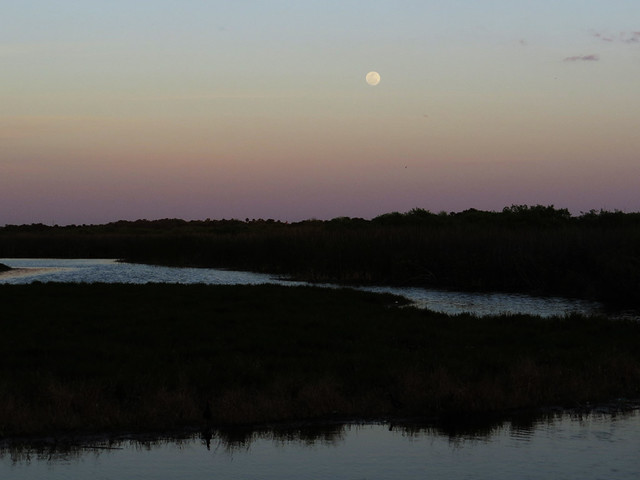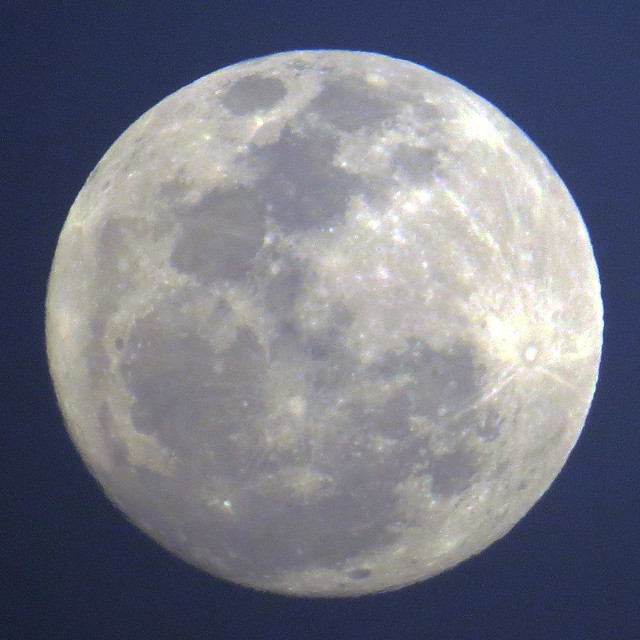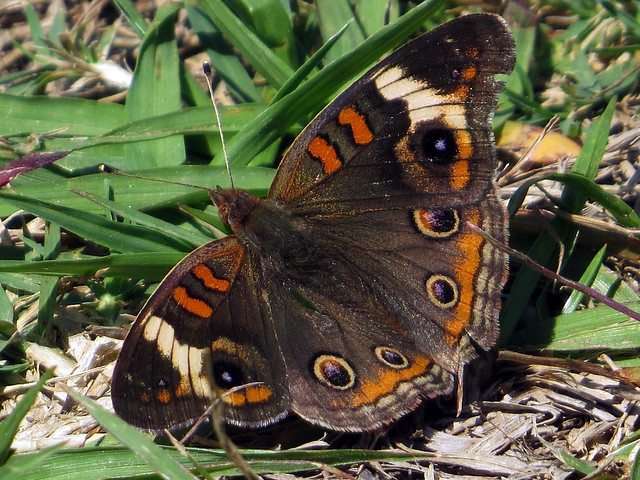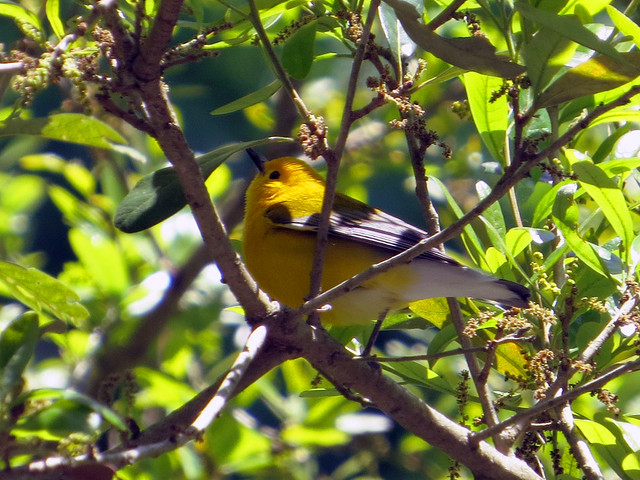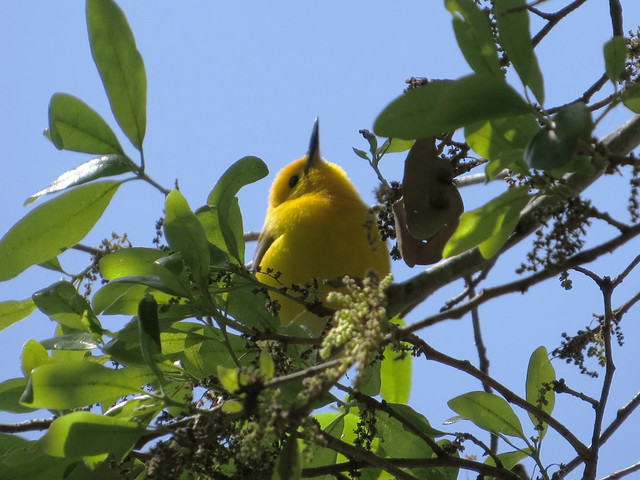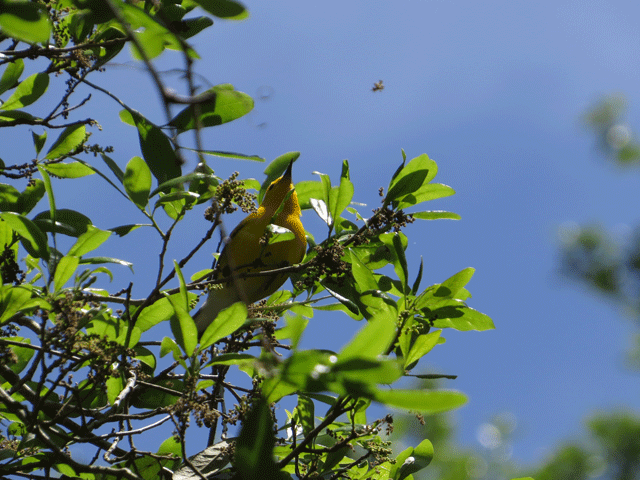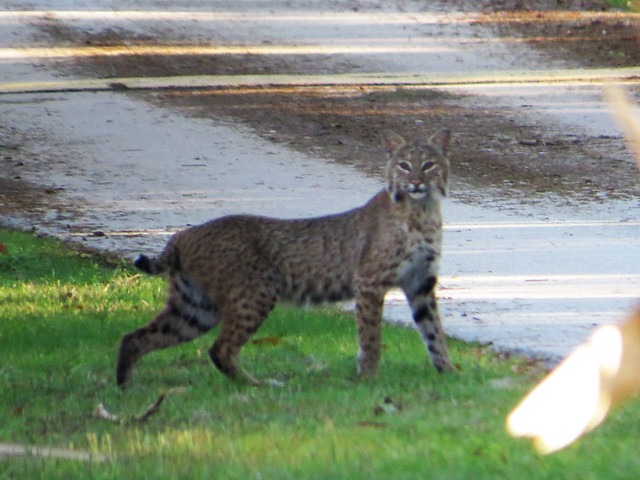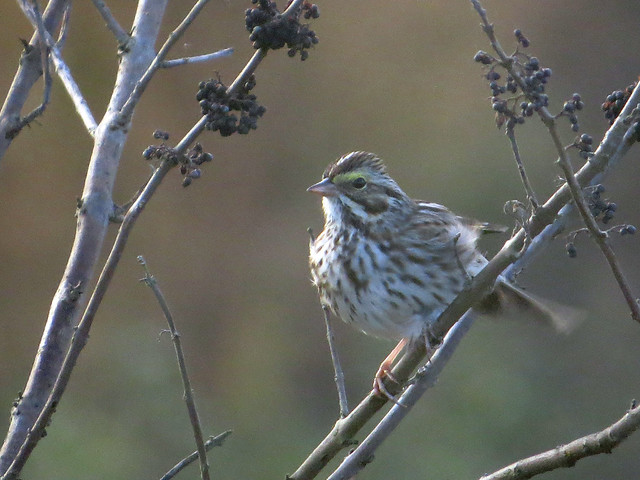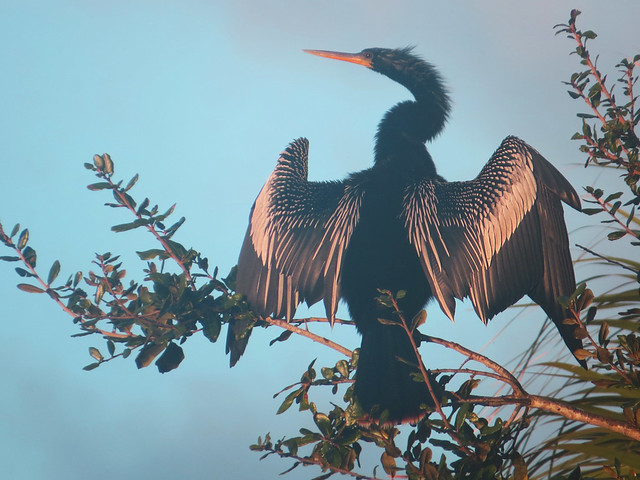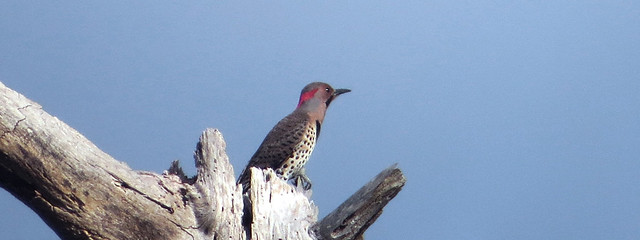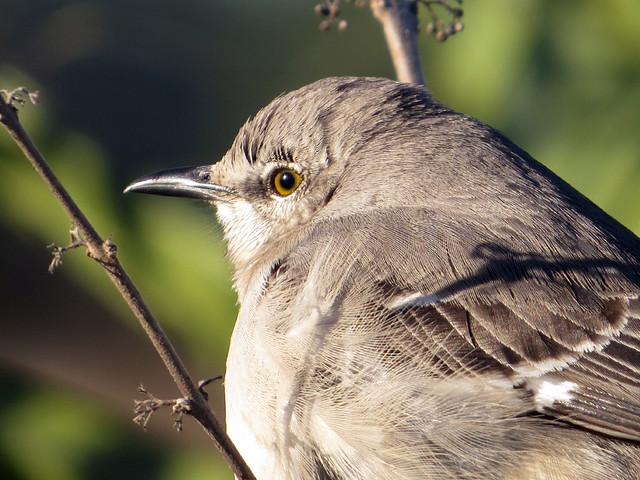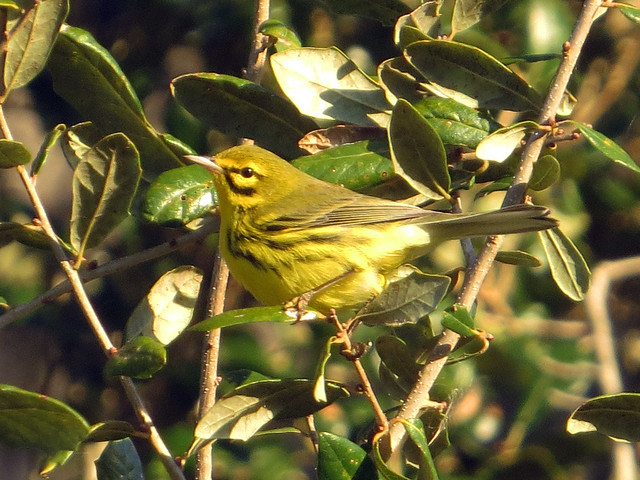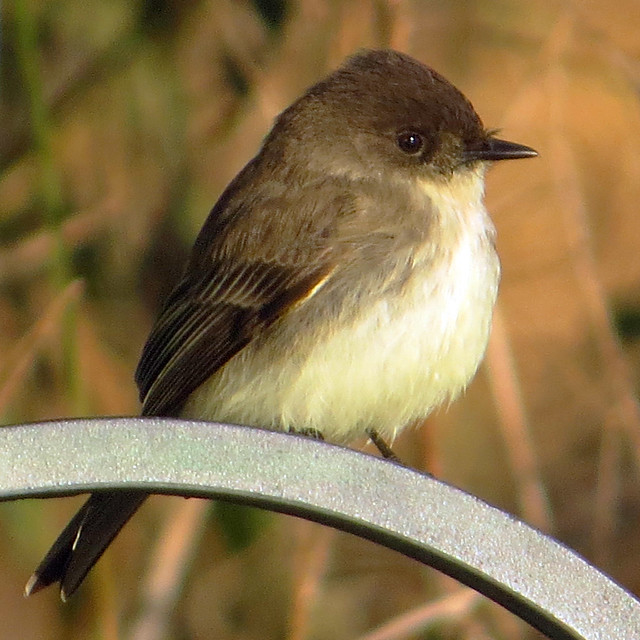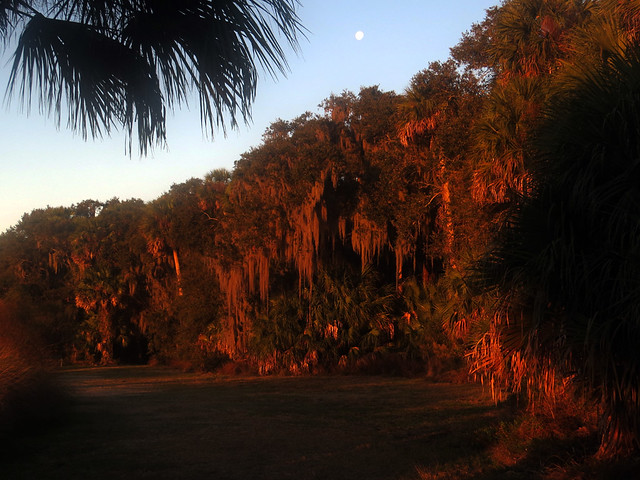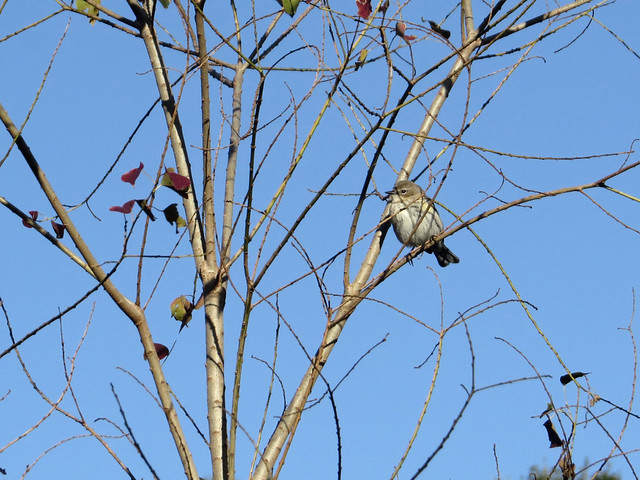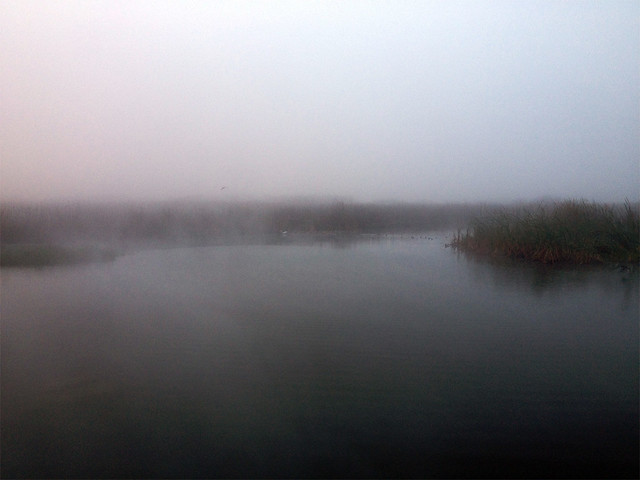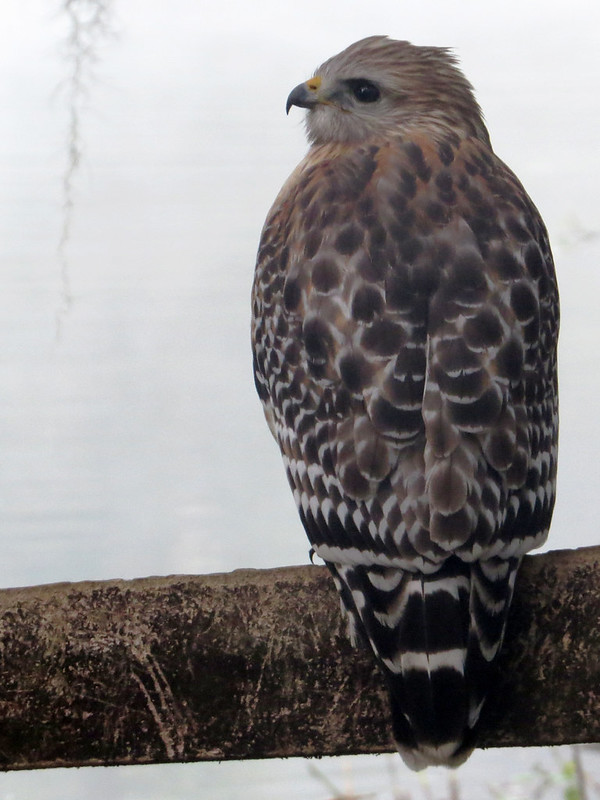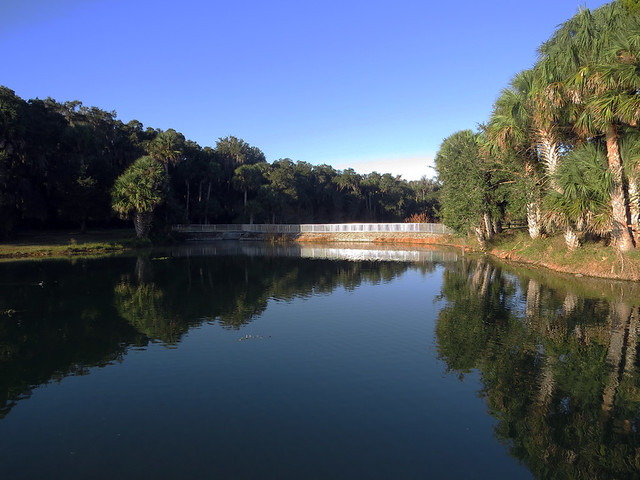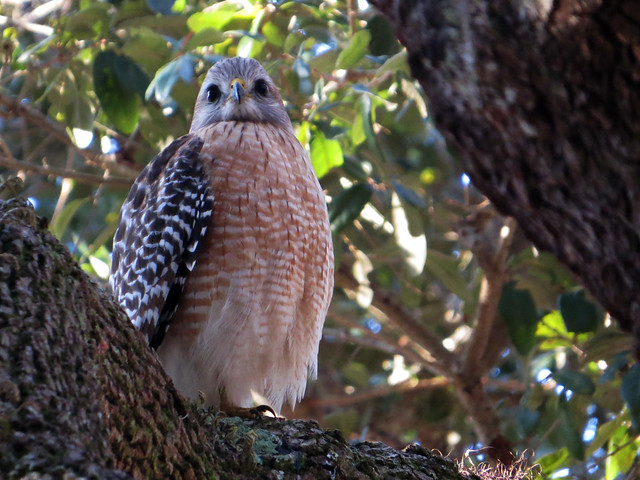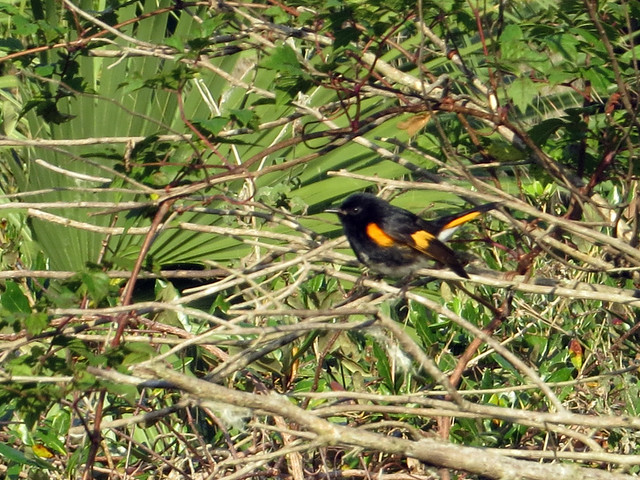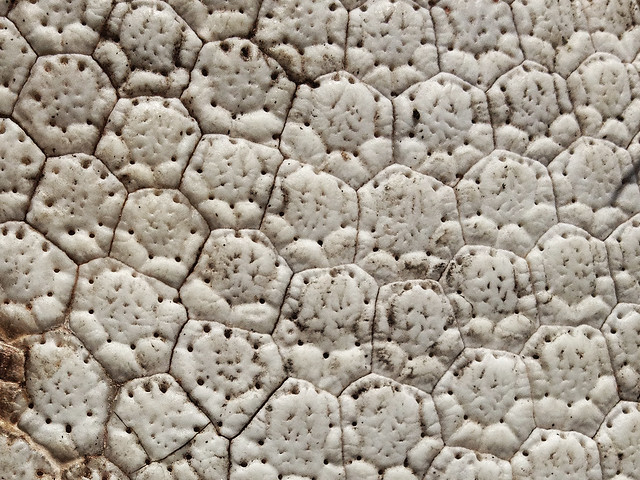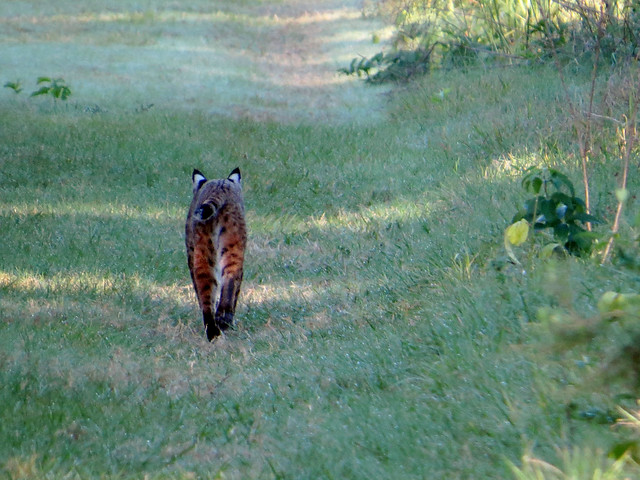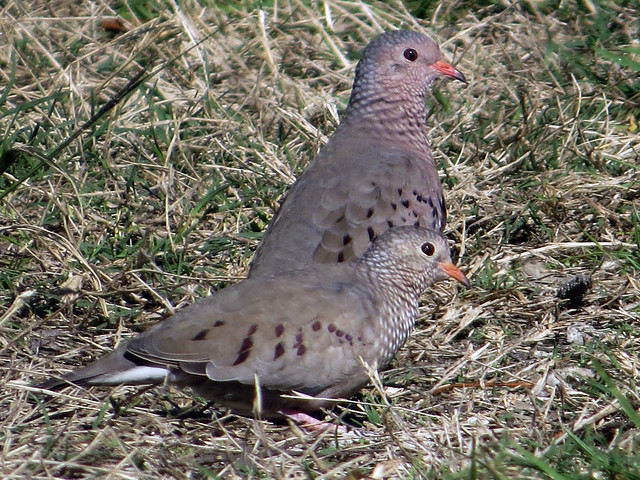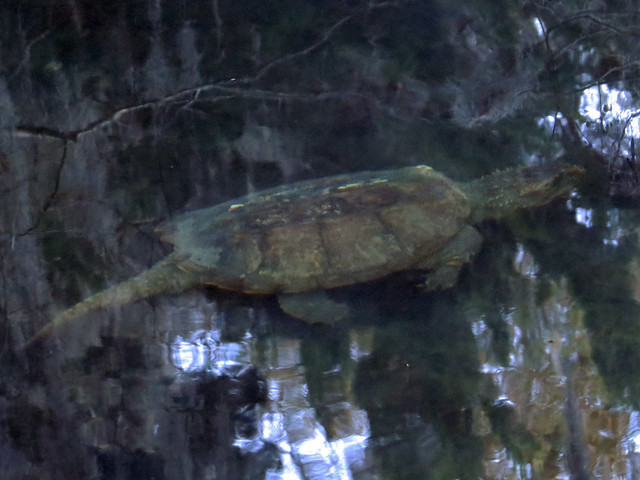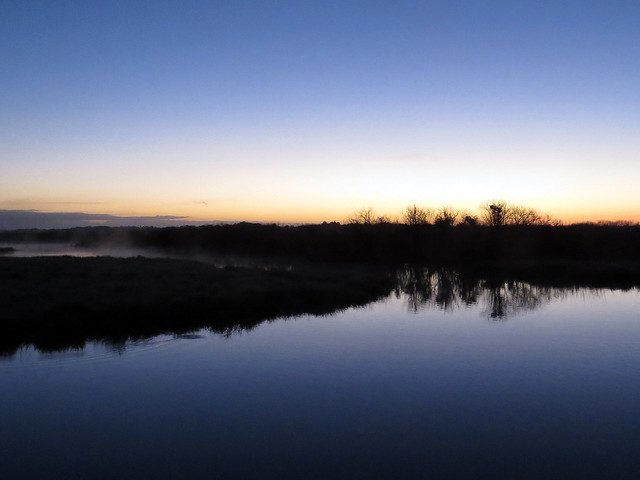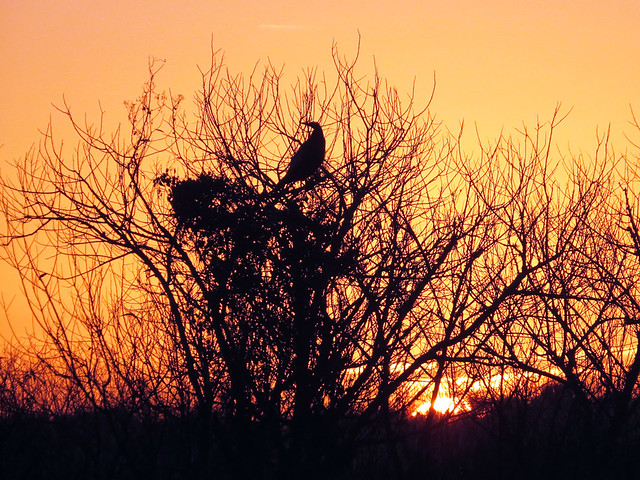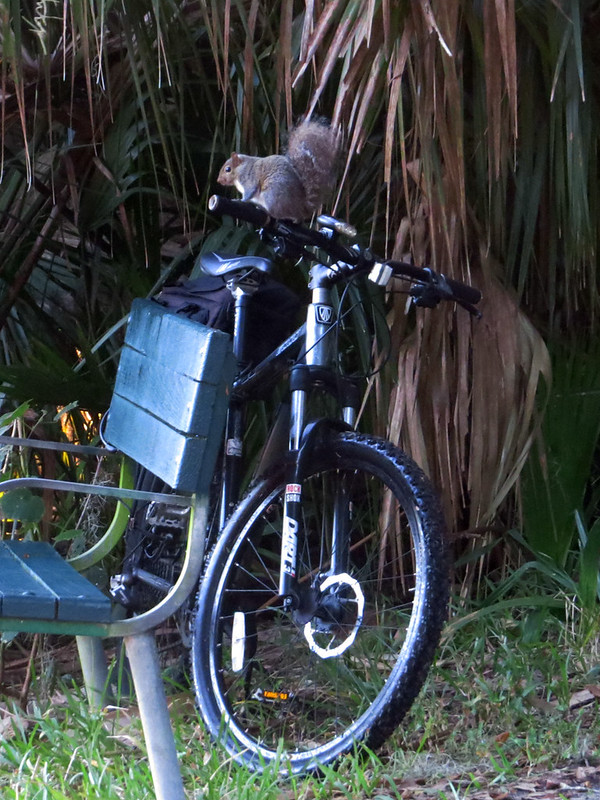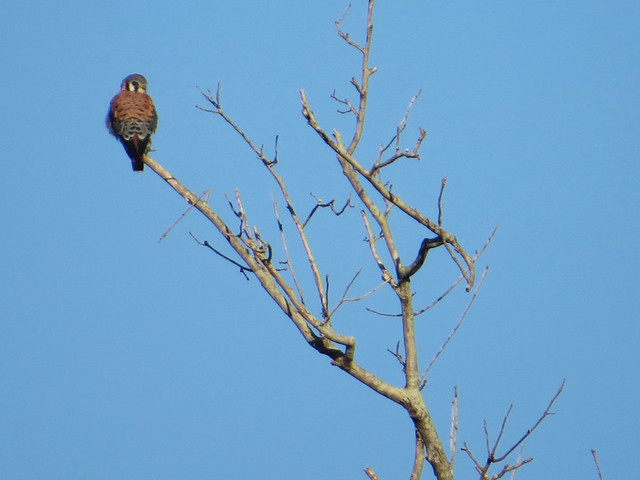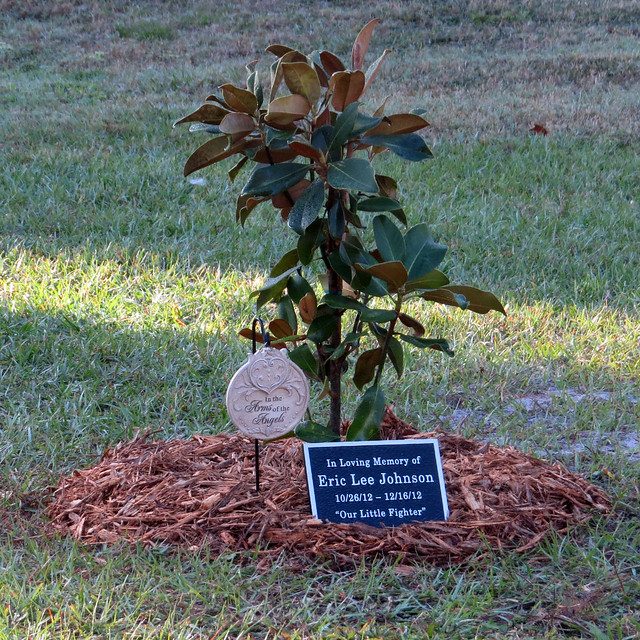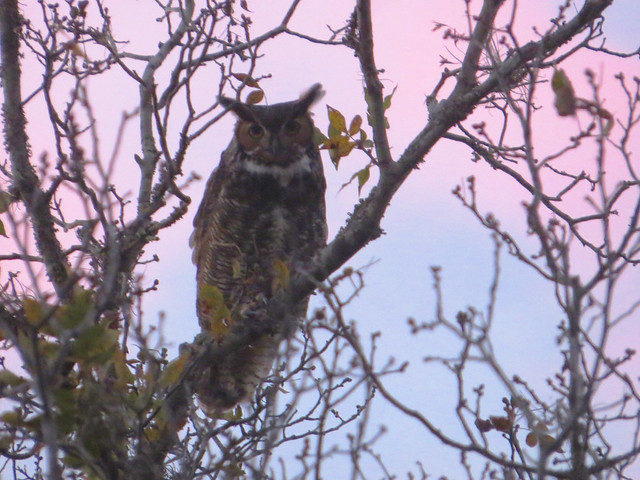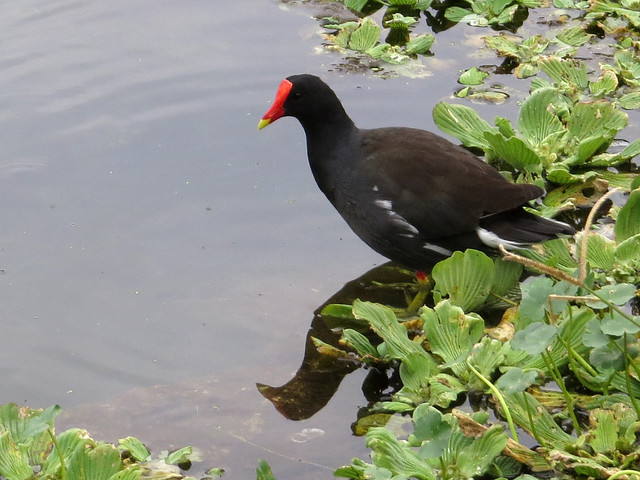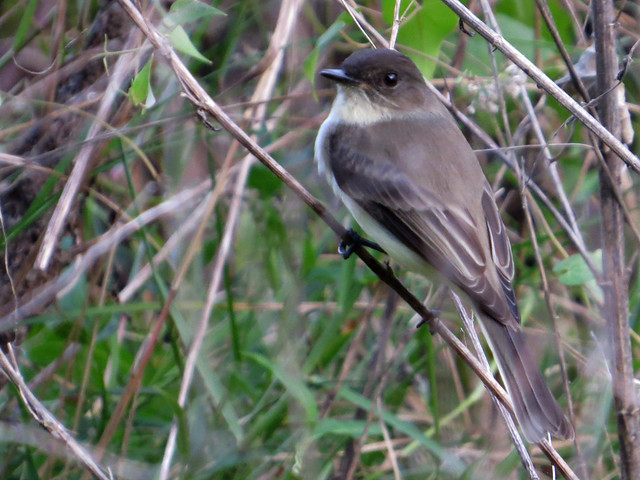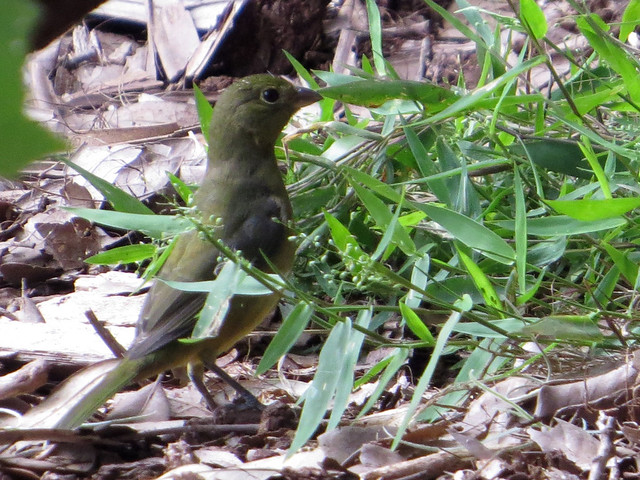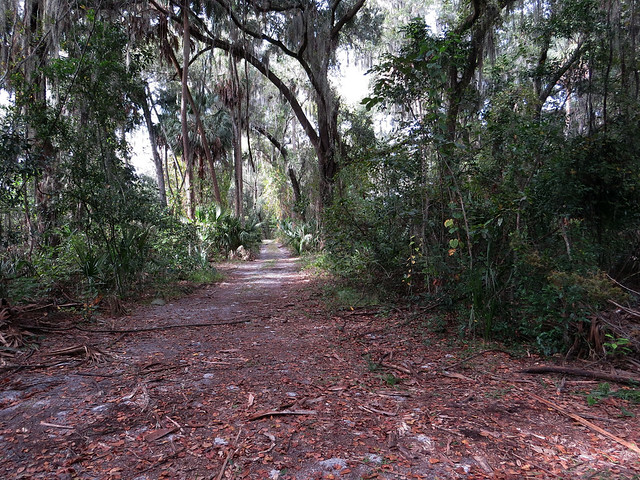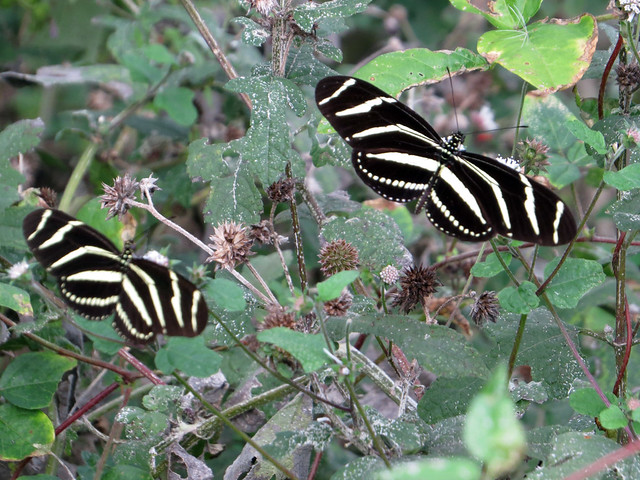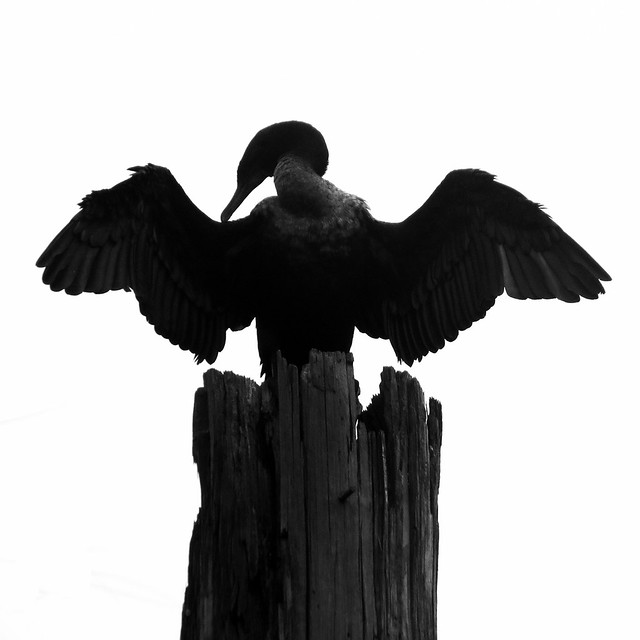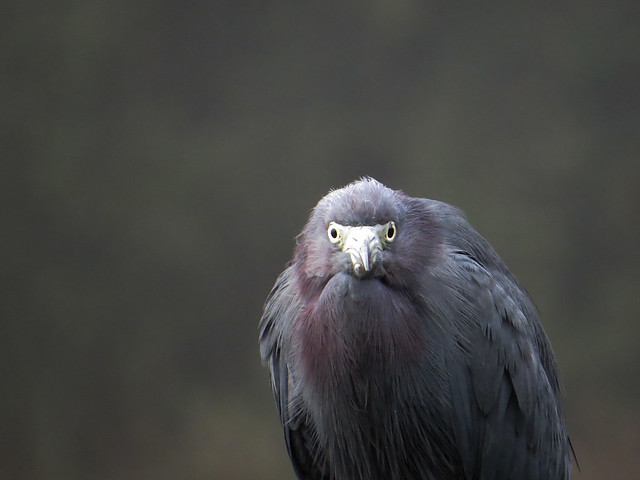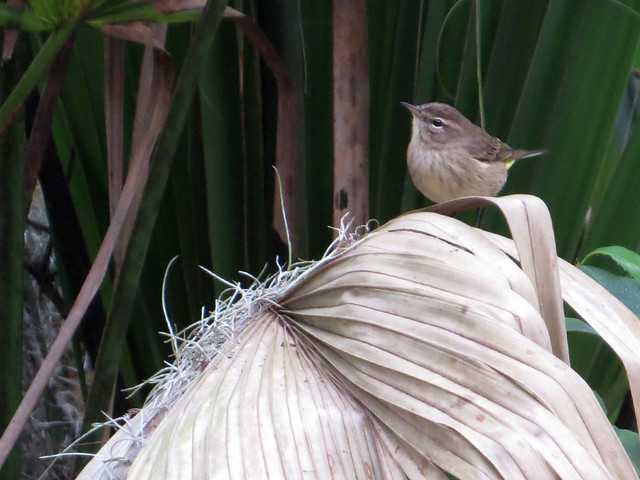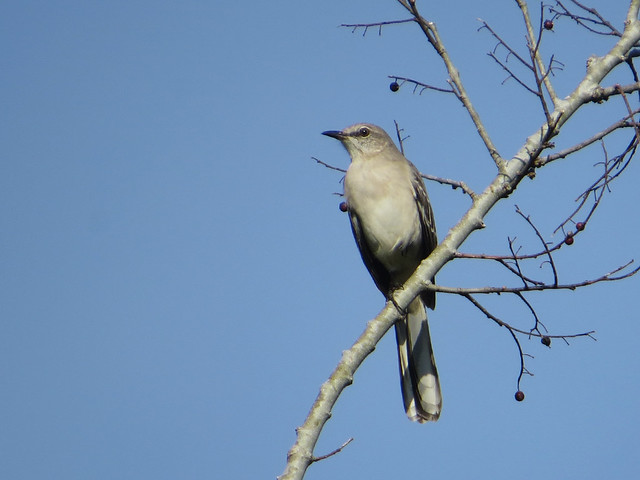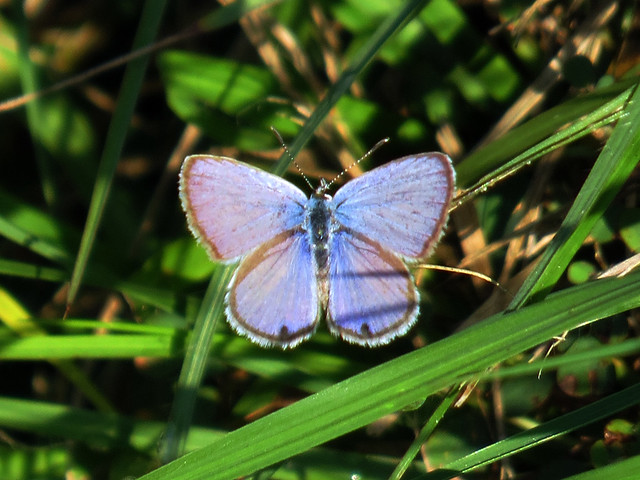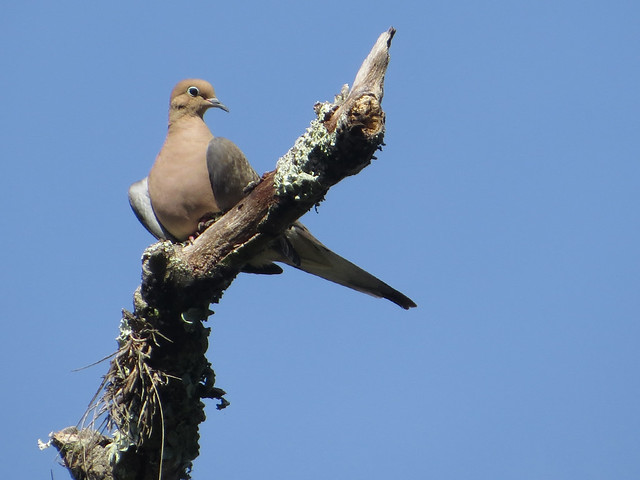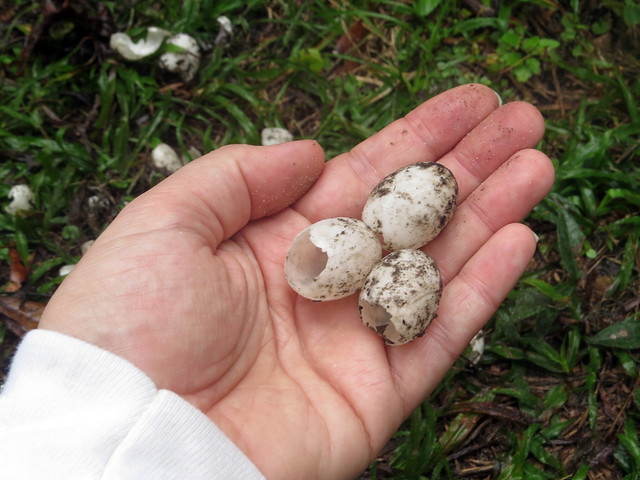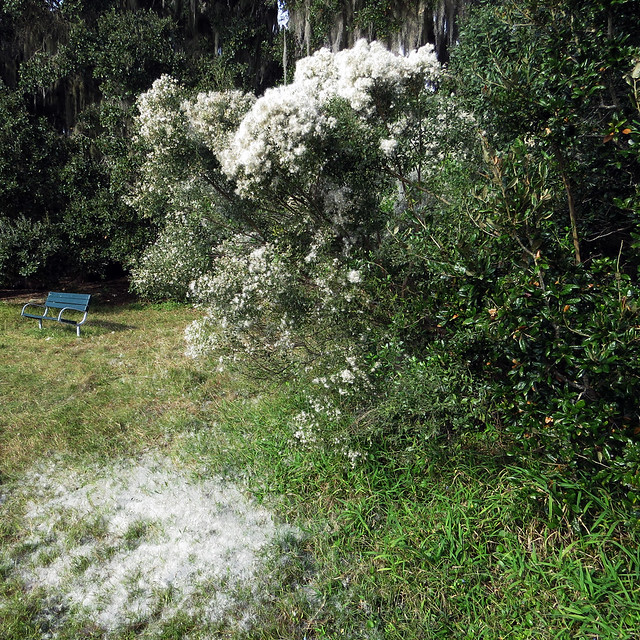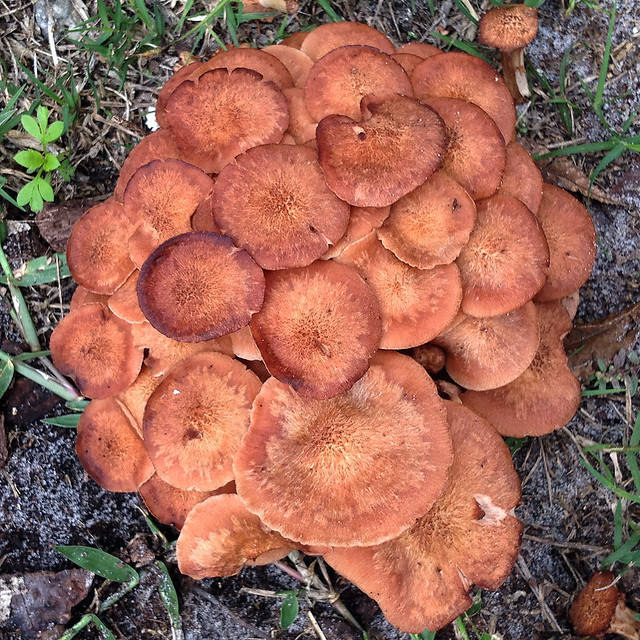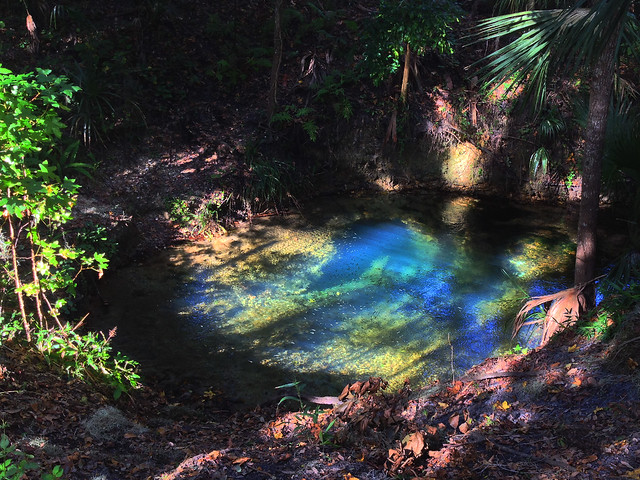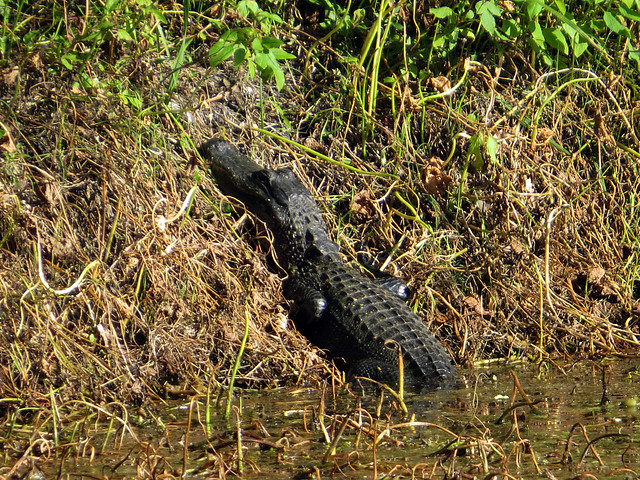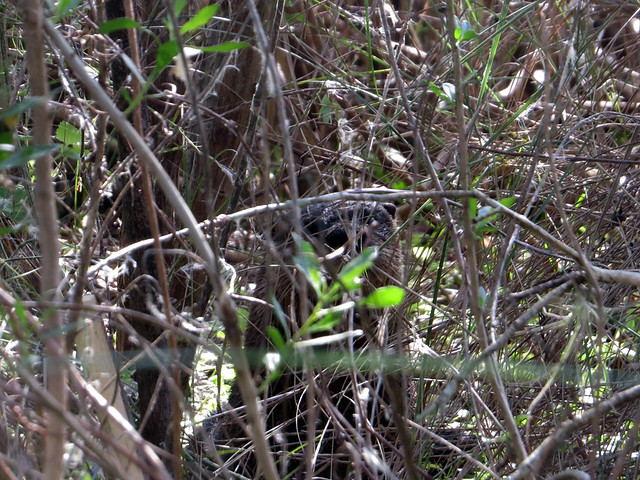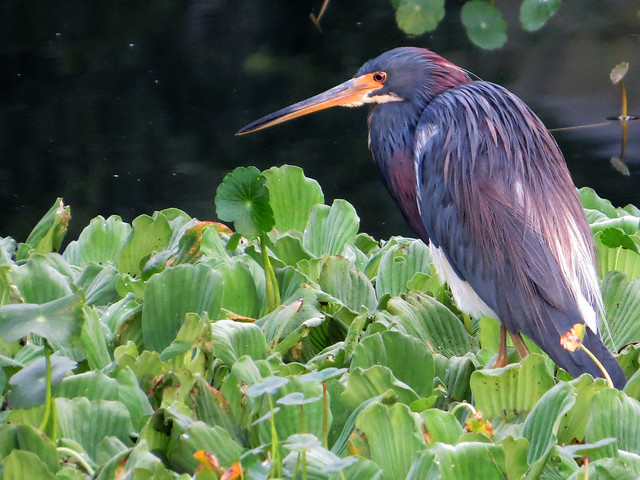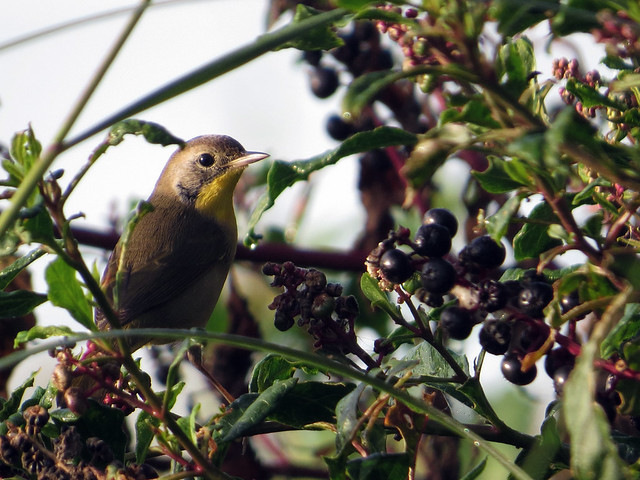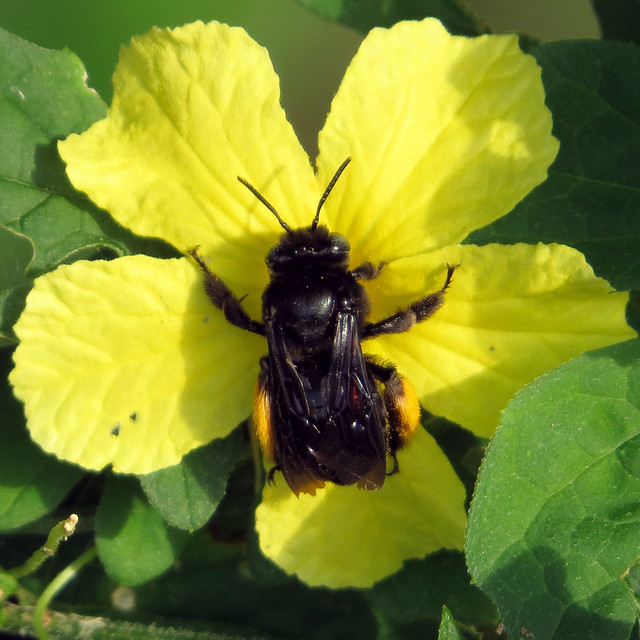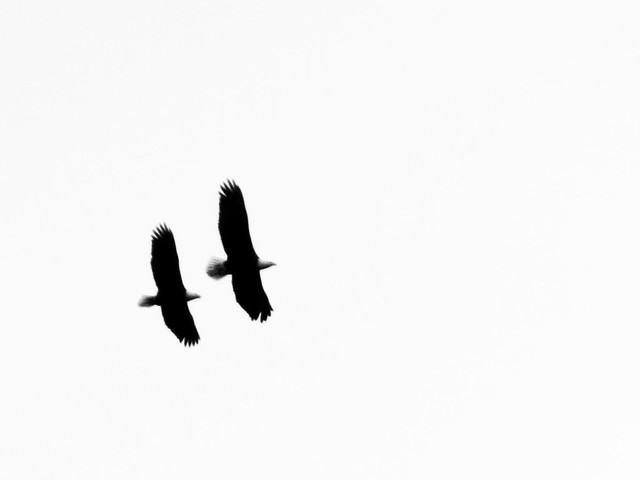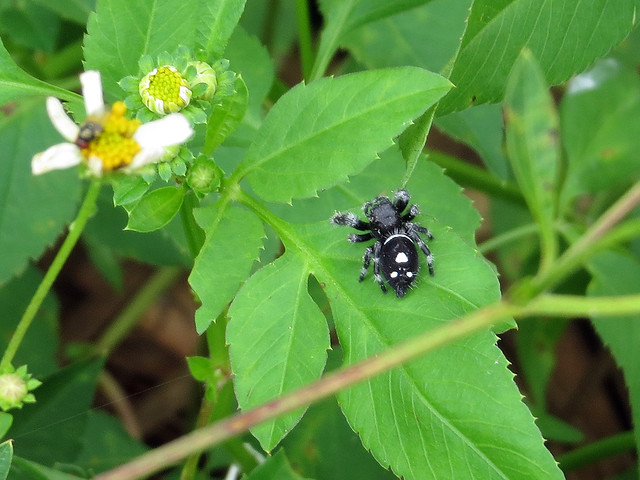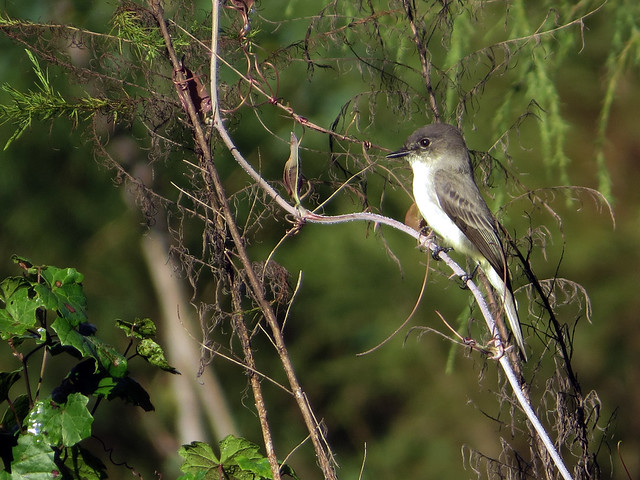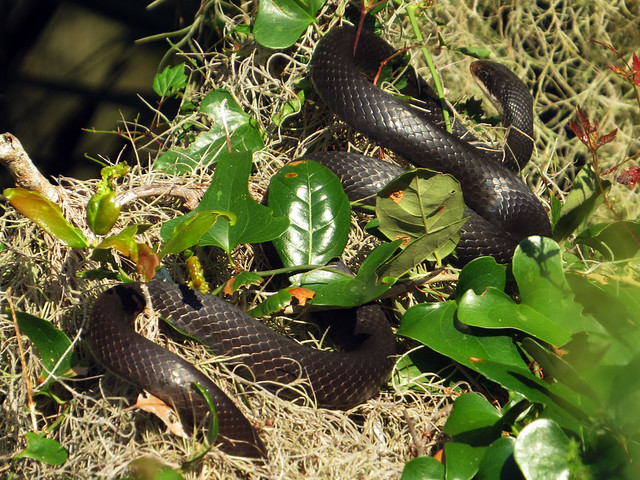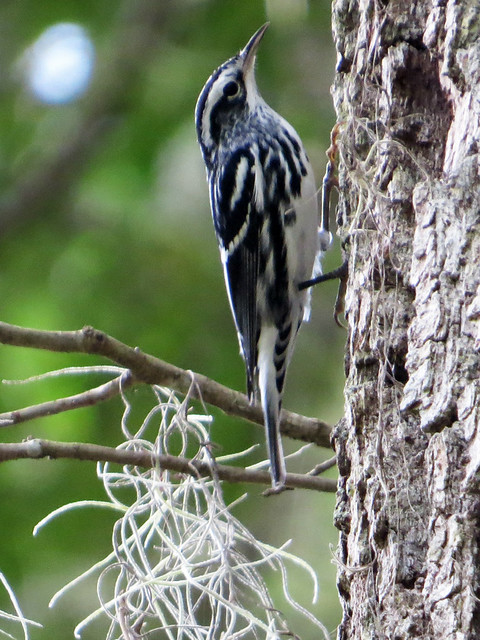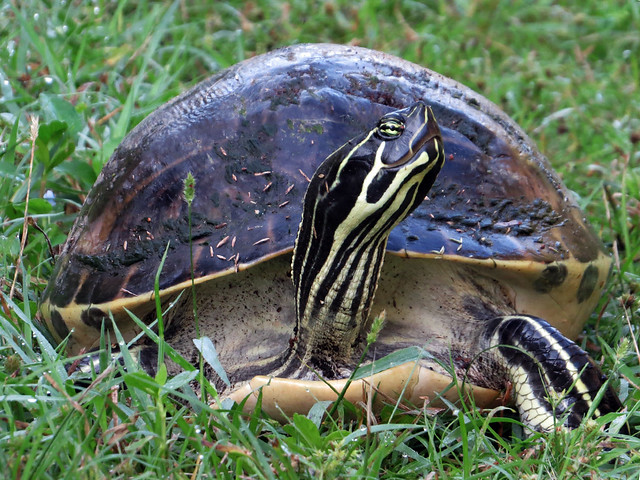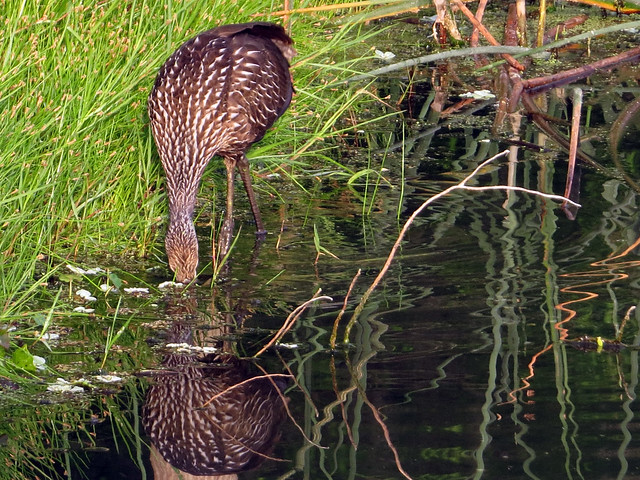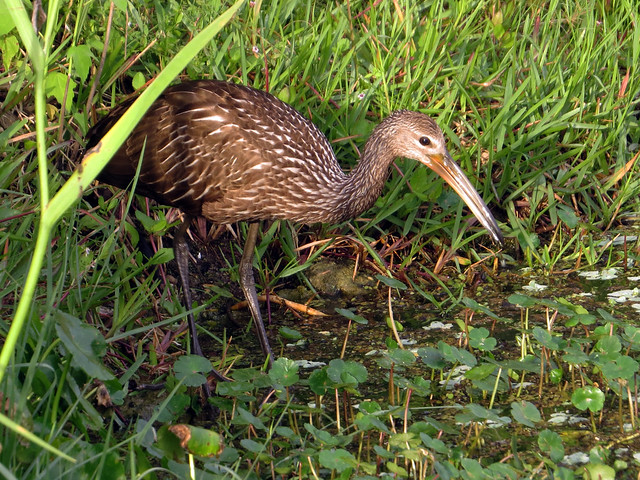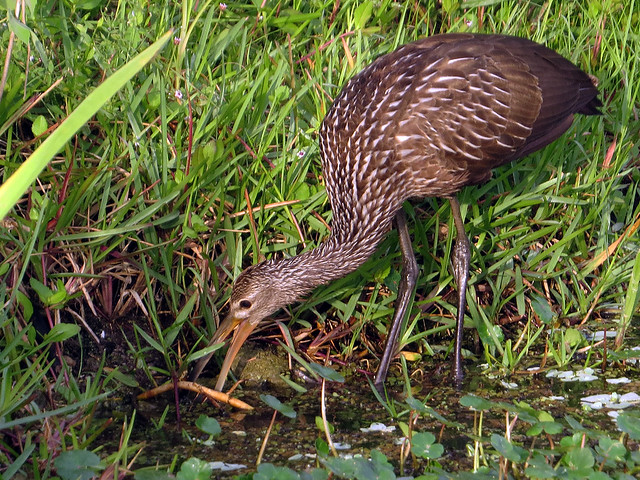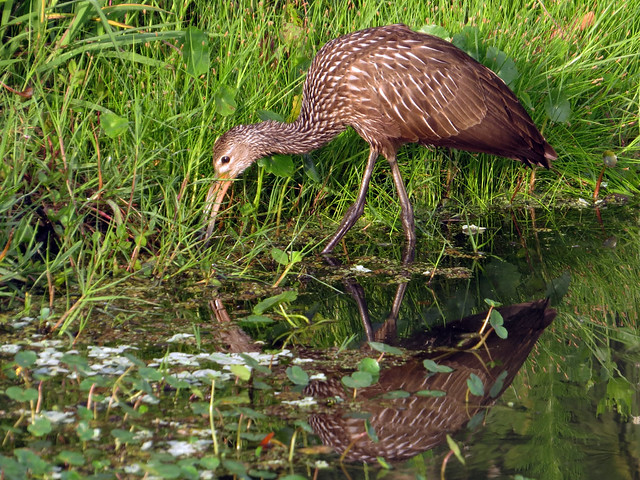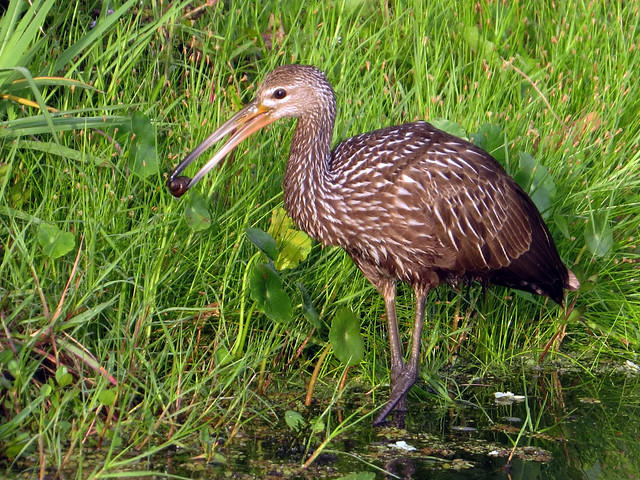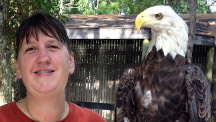In February I birded at Gemini Springs an insane 22 times. Whoa! Why did I visit my local patch so often?
So here’s a confession: I love eBird. This year, eBird has been promoting various challenges for the title of “eBirder of the Month”. I’m not in it to win it, but I find the challenges a fun way to mix up my regular birding habits. In January eBirders were challenged to submit an average of one complete checklist per day. Easy, peasy! In February, eBirders were challenged to submit at least 20 checklists from a single patch. I thought this would be super-easy, but I was unpleasantly surprised to find myself getting a little bit sick of Gemini Springs about midway through the month! I guess I normally bird at the park about 2 times per week on average. Last month, I felt like I was there every stinkin’ day. I did a few stationery counts (which I normally never do) from the fishing pier and at the sinkhole; I did accelerated walks; I followed tried-and-true routes backwards. I made it, with a couple of checklists to spare. Phew!
I ended up seeing 73 species; which is, unbelievably, ONE SHY of my total from 2013, where I only submitted 9 checklists! Blergh. The total list for 2014 is at the end of this post.
Here are some photographic highlights from a month of birding at Gemini Springs.
Because of the eBird Challenge, several times I went out when I normally would have stayed home. There were a lot of foggy mornings and misty, rainy walks during the month.
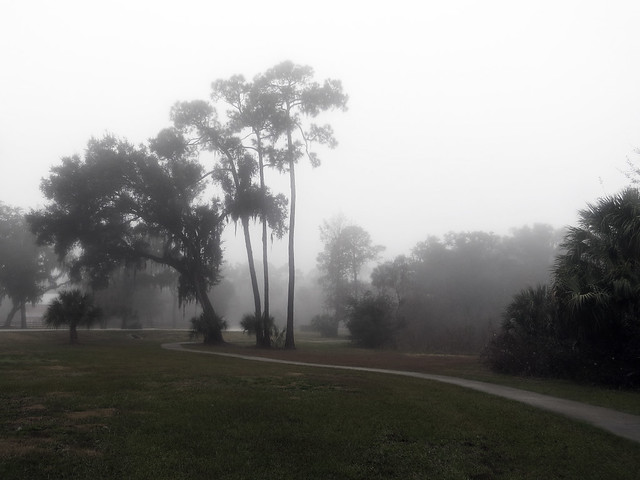
Misty morning at Gemini Springs | 01-FEB-14
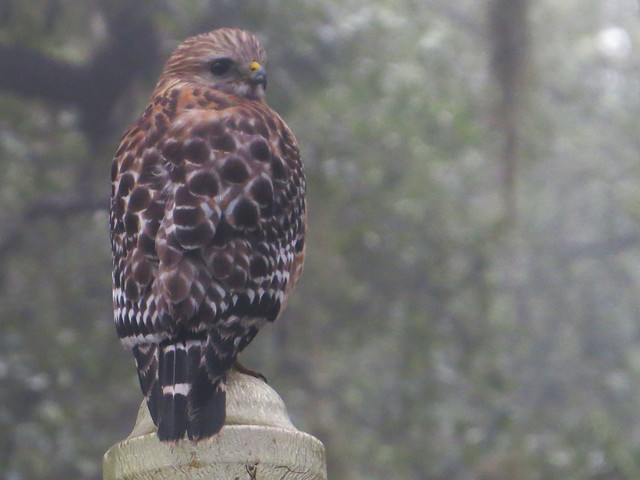
Red-shouldered Hawk in the mist | 01-FEB-14
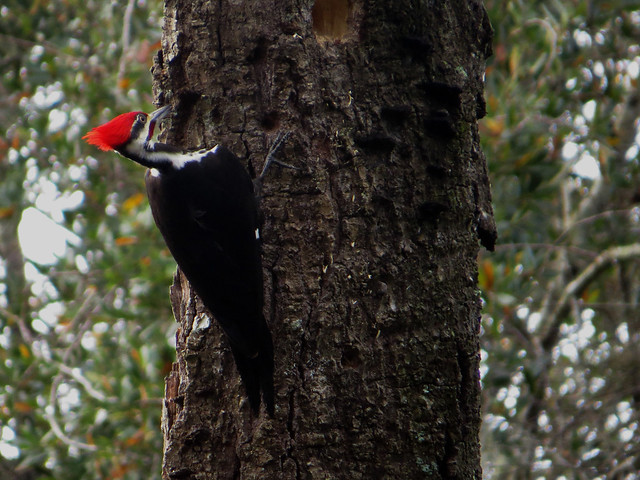
Pileated Woodpecker | 02-FEB-14
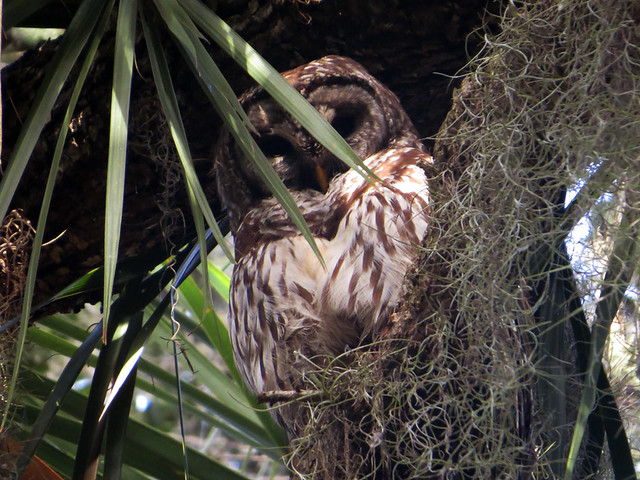
Barred Owl | 03-FEB-14
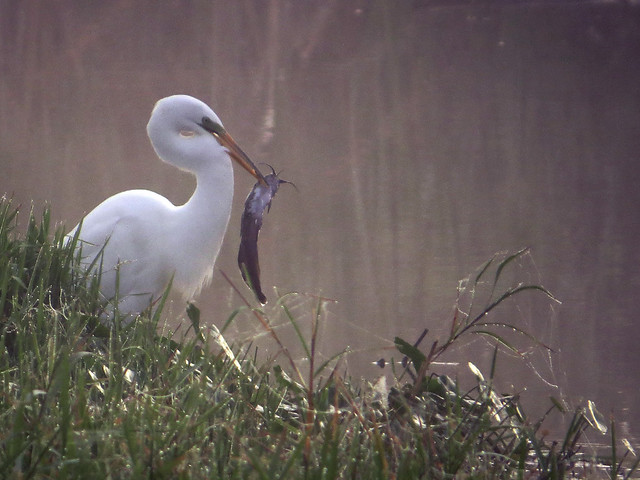
Great Egret, great catch | 03-FEB-14
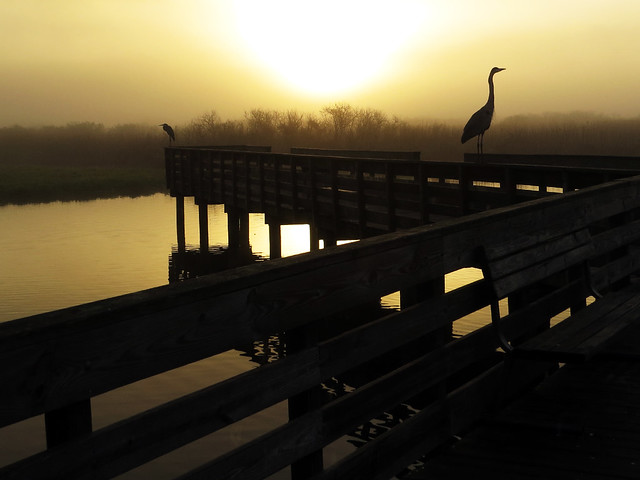
fishing buddies | 03-FEB-14
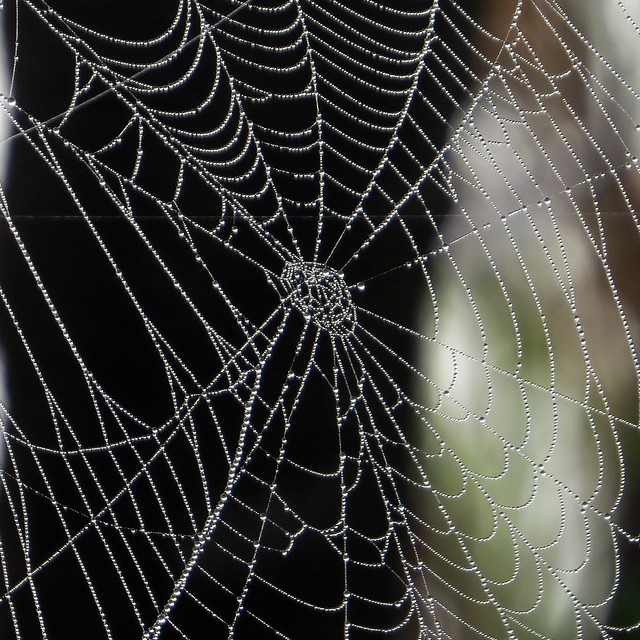
dew | 04-FEB-14
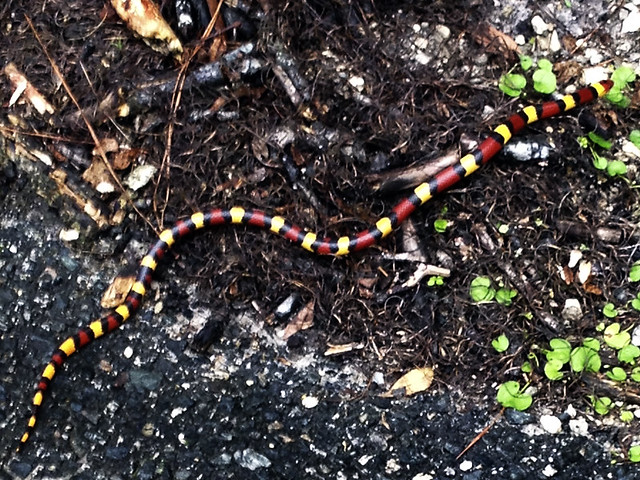
Scarlet Kingsnake on the bike path | 05-FEB-14
One morning I took a path I hardly ever walk and was rewarded with a small flock of Field Sparrows. I entered 8 in my checklist (which was flagged) but estimated there might have been up to 12 birds. Nice! Only my second Field Sparrow sighting at Gemini Springs.
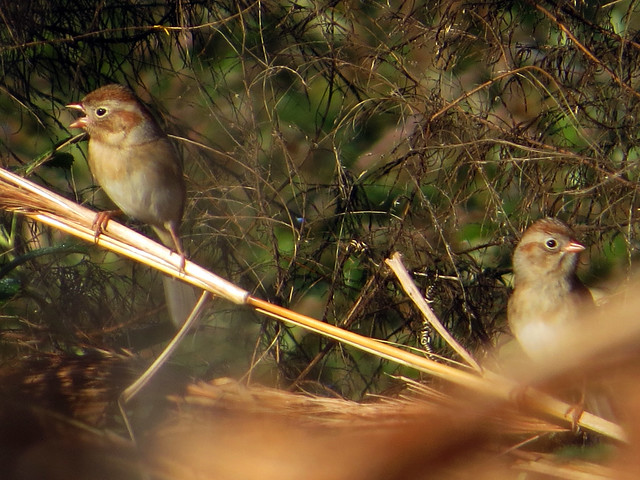
Field Sparrows | 10-FEB-14
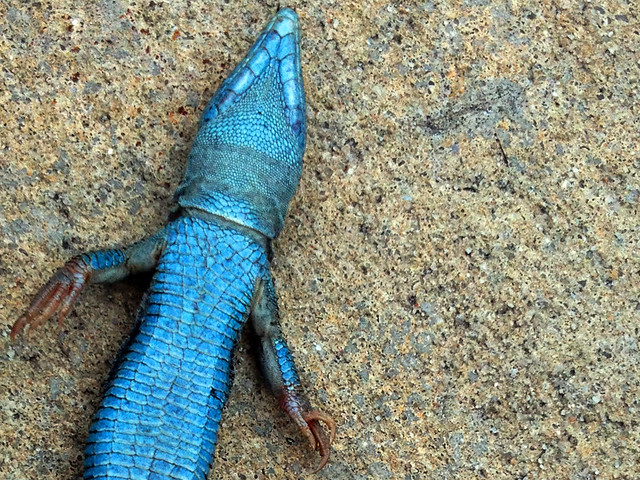
Beautiful blue underside of an American Five-lined Skink (unfortunately deceased) | 11-FEB-14
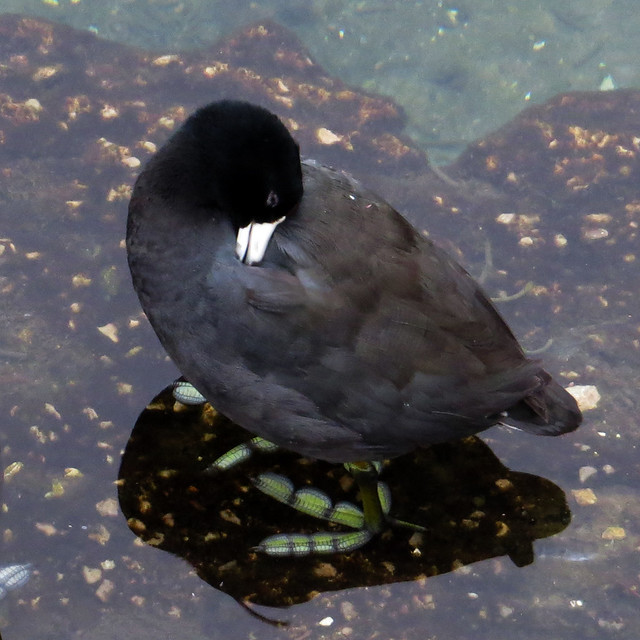
American Coot | 12-FEB-14

Carolina Wren | 17-FEB-14
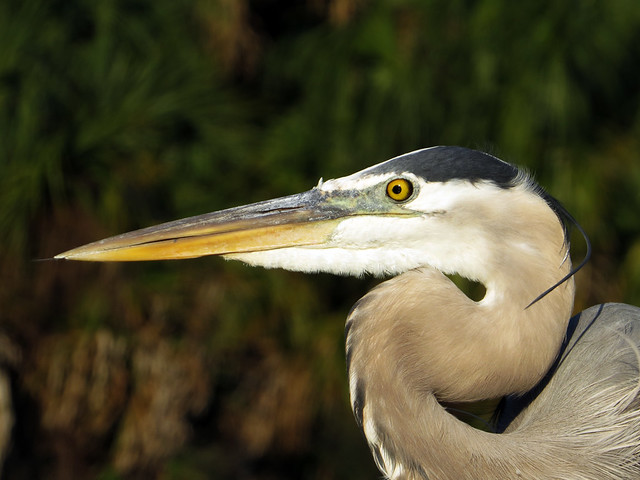
Great Blue Heron | 20-FEB-14
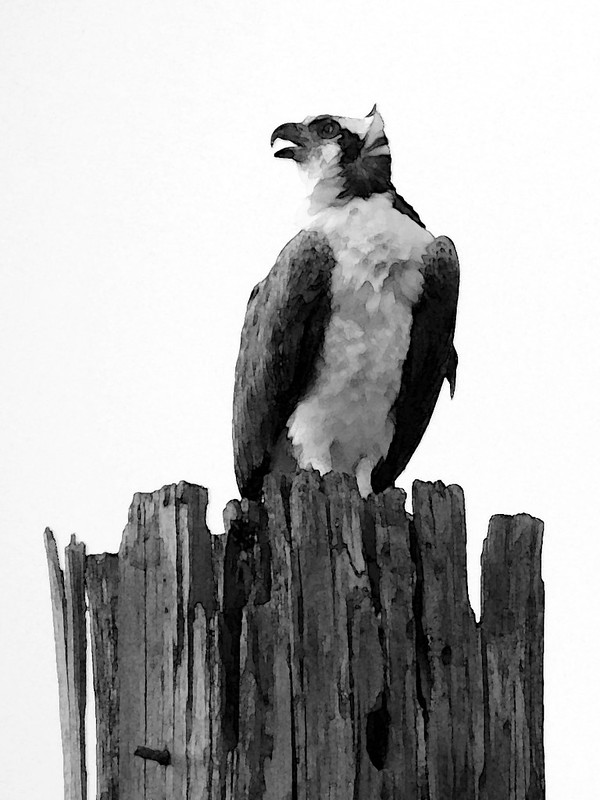
Osprey | 20-FEB-14
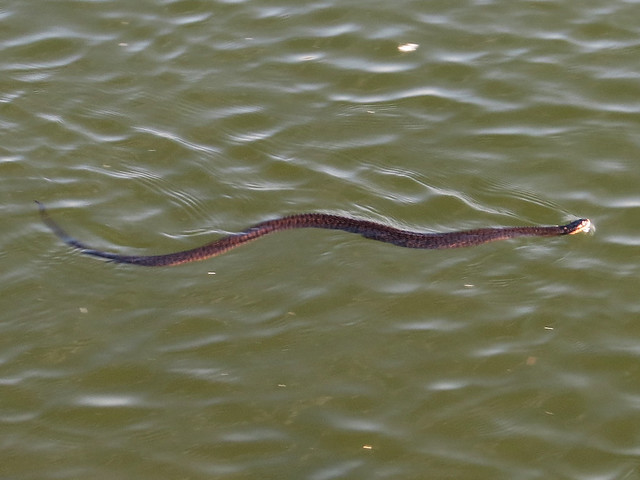
Florida Green Watersnake | 20-FEB-14
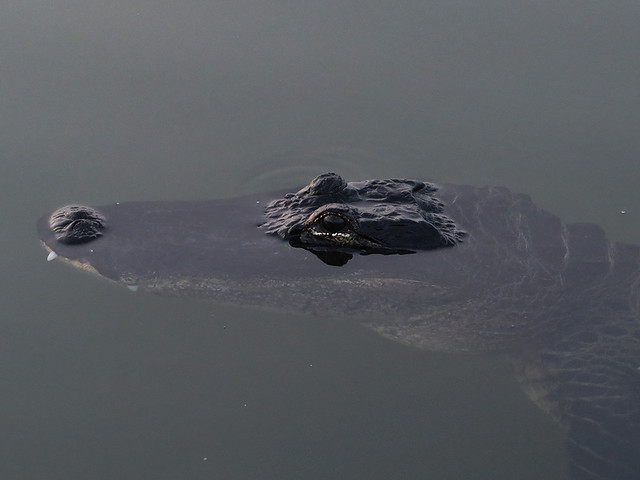
American Alligator | 23-FEB-14

fishing pier | 23-FEB-14
Walking a well-known path in reverse order was interesting. I didn’t see any new birds but I was surprised how different the path looked in some places just because I was looking at things from the opposite direction. I stop at this Live Oak tree all the time, but I never saw that nice critter-sized hole on the other side of the chest-high limb where I sometimes rest my arms while looking at songbirds. :O
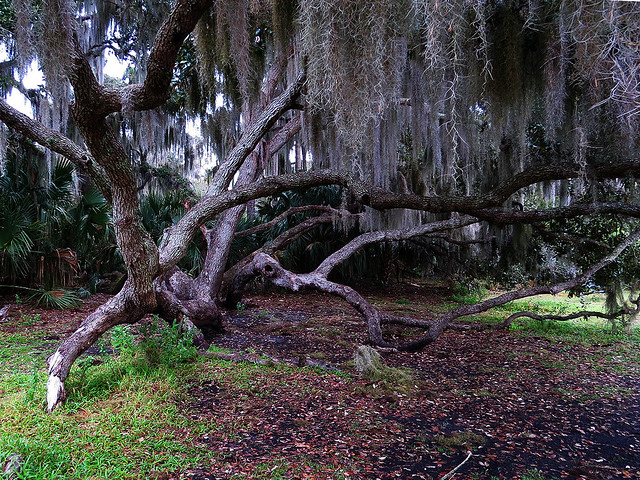
Live Oak | 24-FEB-14
Yellow-rumped Warblers visit Florida in the winter. I’ve been seeing them since about November. Their numbers seemed to increase during February; by the beginning of April they’ll mostly have moved out. Maybe these guys were bathing after a long night of migration?
Bathing Yellow-rumped Warblers | 25-FEB-14
The eBird challenge for March is extremely appealing: submit checklists from at least 20 different hotspots! Woo hoo! Though I wish they had posted the criteria before March 3rd, I don’t think I will have any problem fulfilling this one. I am looking forward to getting away from Gemini Springs just a bit this month! 
Gemini Springs, February 2014 month bird list
Wild Turkey – Meleagris gallopavo
Pied-billed Grebe – Podilymbus podiceps
Wood Stork – Mycteria americana
Double-crested Cormorant – Phalacrocorax auritus
Anhinga – Anhinga anhinga
American Bittern – Botaurus lentiginosus
Great Blue Heron – Ardea herodias
Great Egret – Ardea alba
Snowy Egret – Egretta thula
Little Blue Heron – Egretta caerulea
Tricolored Heron – Egretta tricolor
Black-crowned Night-Heron – Nycticorax nycticorax
White Ibis – Eudocimus albus
Glossy Ibis – Plegadis falcinellus
Black Vulture – Coragyps atratus
Turkey Vulture – Cathartes aura
Osprey – Pandion haliaetus
Bald Eagle – Haliaeetus leucocephalus
Red-shouldered Hawk – Buteo lineatus
Red-tailed Hawk – Buteo jamaicensis
Sora – Porzana carolina
Common Gallinule – Gallinula galeata
American Coot – Fulica americana
Sandhill Crane – Grus canadensis
Killdeer – Charadrius vociferus
Ring-billed Gull – Larus delawarensis
Caspian Tern – Hydroprogne caspia
Forster’s Tern – Sterna forsteri
Mourning Dove – Zenaida macroura
Great Horned Owl – Bubo virginianus
Barred Owl – Strix varia
Belted Kingfisher – Megaceryle alcyon
Red-bellied Woodpecker – Melanerpes carolinus
Yellow-bellied Sapsucker – Sphyrapicus varius
Northern Flicker – Colaptes auratus
Pileated Woodpecker – Dryocopus pileatus
American Kestrel – Falco sparverius
Eastern Phoebe – Sayornis phoebe
Loggerhead Shrike – Lanius ludovicianus
White-eyed Vireo – Vireo griseus
Blue-headed Vireo – Vireo solitarius
Blue Jay – Cyanocitta cristata
American Crow – Corvus brachyrhynchos
Fish Crow – Corvus ossifragus
Tree Swallow – Tachycineta bicolor
Carolina Chickadee – Poecile carolinensis
Tufted Titmouse – Baeolophus bicolor
House Wren – Troglodytes aedon
Carolina Wren – Thryothorus ludovicianus
Blue-gray Gnatcatcher – Polioptila caerulea
Ruby-crowned Kinglet – Regulus calendula
American Robin – Turdus migratorius
Gray Catbird – Dumetella carolinensis
Northern Mockingbird – Mimus polyglottos
Black-and-white Warbler – Mniotilta varia
Orange-crowned Warbler – Oreothlypis celata
Common Yellowthroat – Geothlypis trichas
Northern Parula – Setophaga americana
Palm Warbler – Setophaga palmarum
Pine Warbler – Setophaga pinus
Yellow-rumped Warbler – Setophaga coronata
Yellow-throated Warbler – Setophaga dominica
Prairie Warbler – Setophaga discolor
Chipping Sparrow – Spizella passerina
Field Sparrow – Spizella pusilla
Savannah Sparrow – Passerculus sandwichensis
Swamp Sparrow – Melospiza georgiana
Northern Cardinal – Cardinalis cardinalis
Red-winged Blackbird – Agelaius phoeniceus
Common Grackle – Quiscalus quiscula
Boat-tailed Grackle – Quiscalus major
Brown-headed Cowbird – Molothrus ater
American Goldfinch – Spinus tristis
Share the birds, share the love!
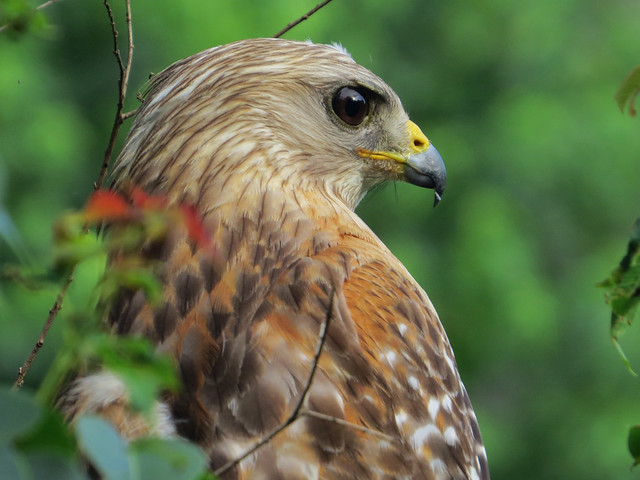
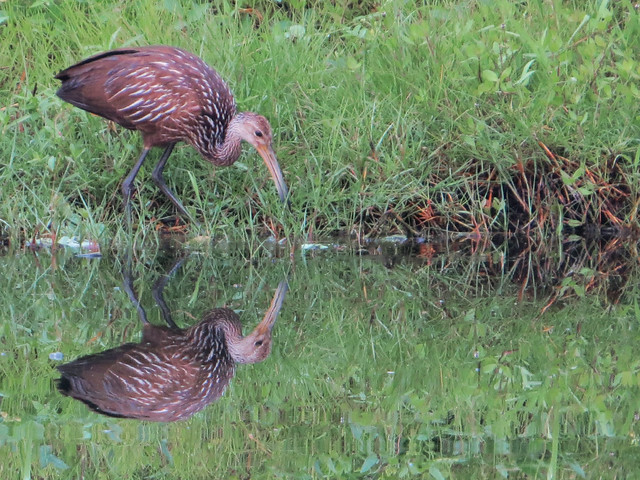
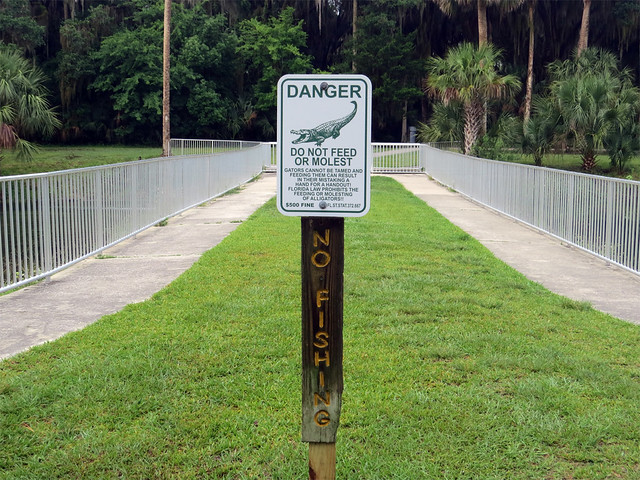
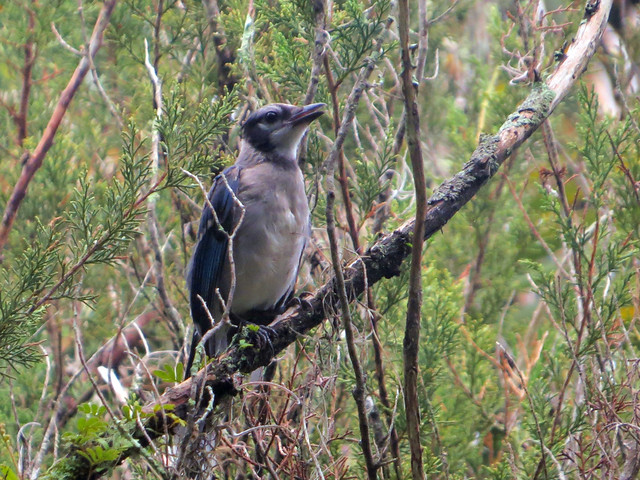
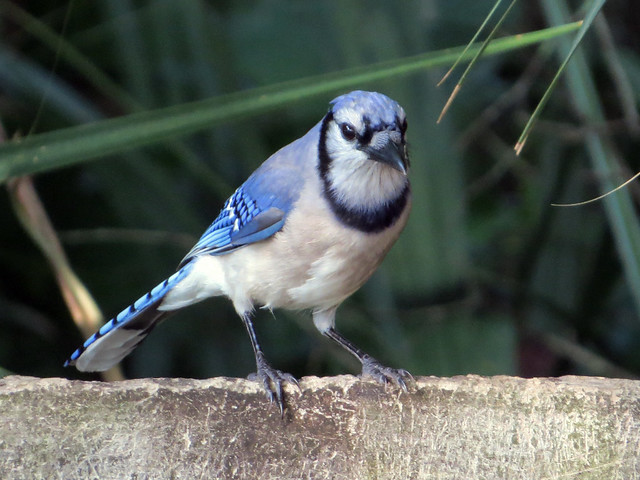

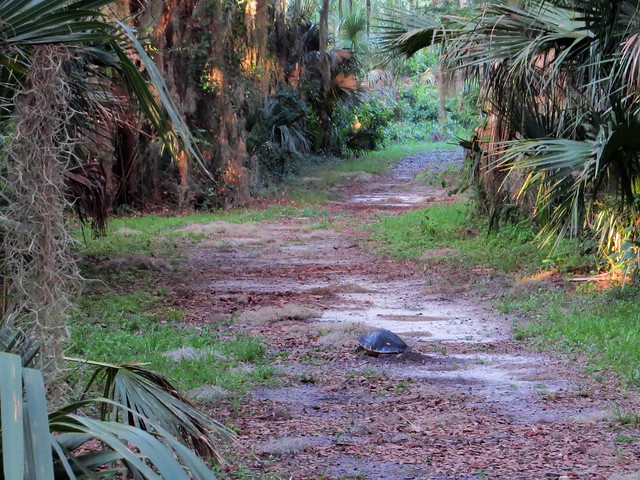
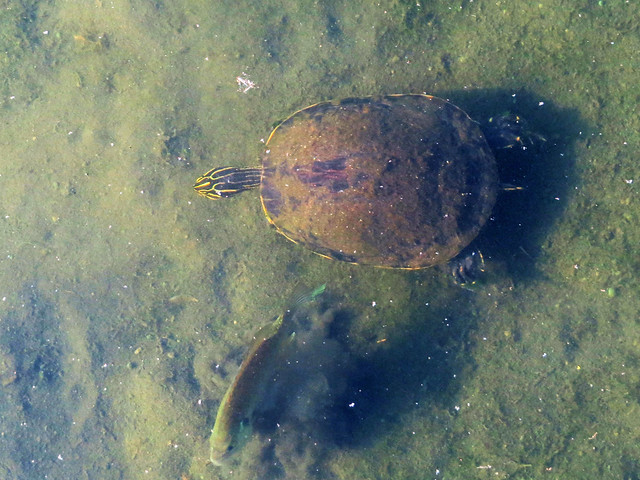
![Raccoon [Procyon lotor]](https://farm3.staticflickr.com/2926/14452625408_e173fa811b_z.jpg)
